Day 77 - The Beautiful Hachiman Usa Shrine, and The Rokugo Manzan Pilgrimage In The Kunisaki Peninsula, The Kyushu 108 Temple Pilgrimage, Japan
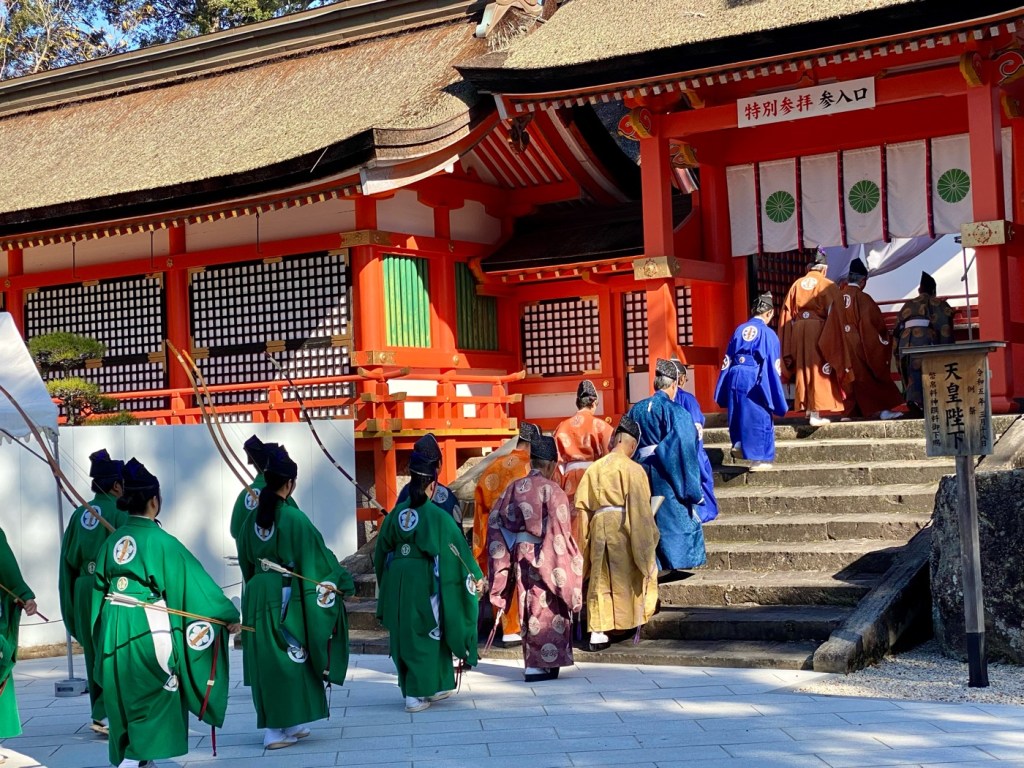
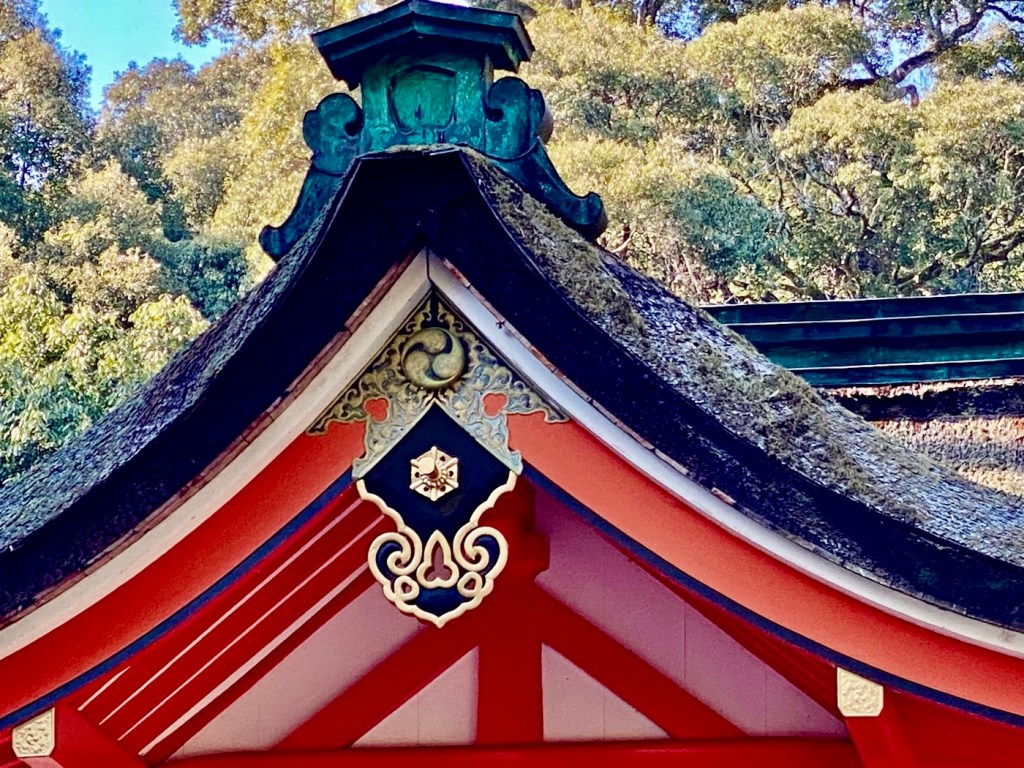
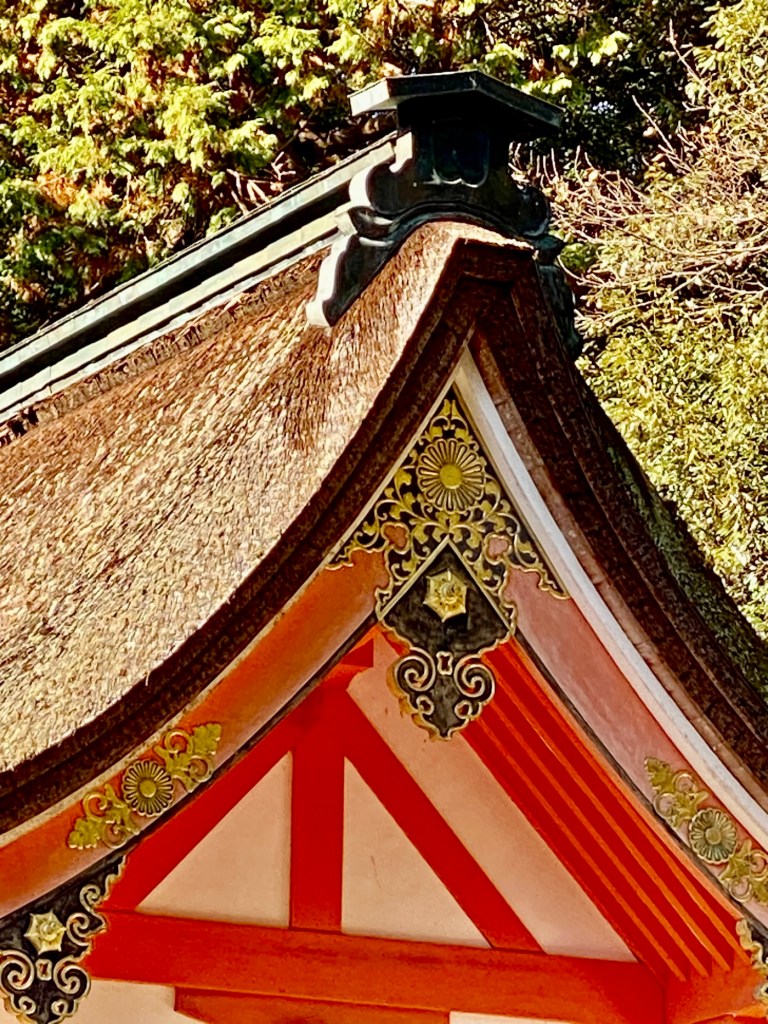
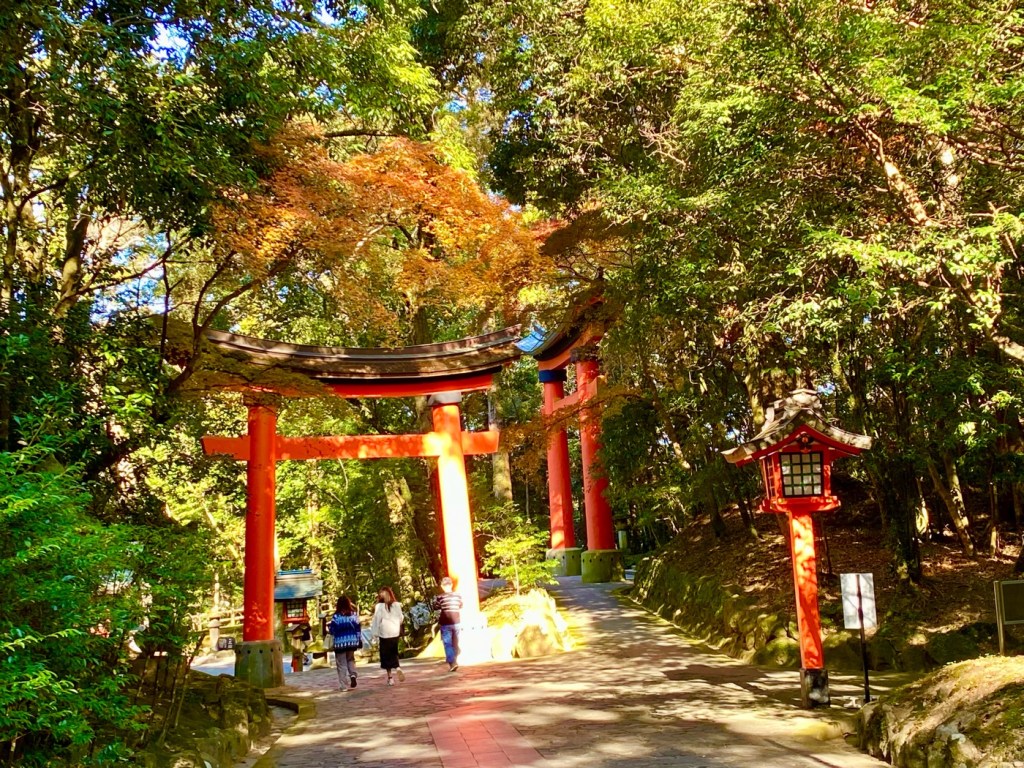
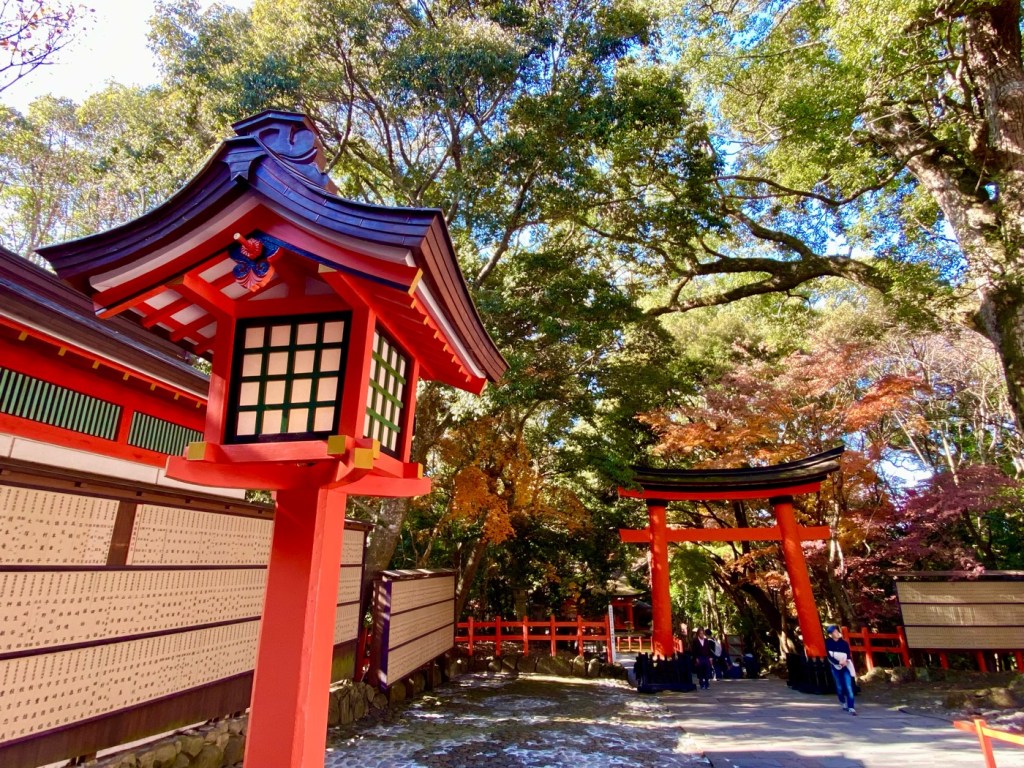

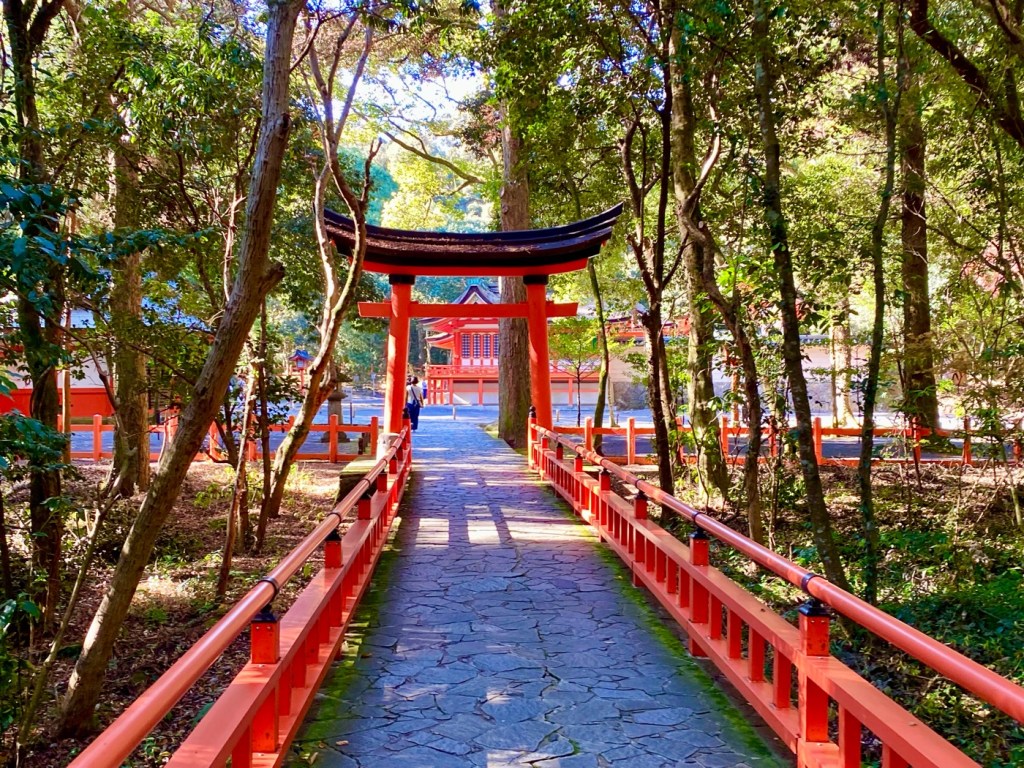
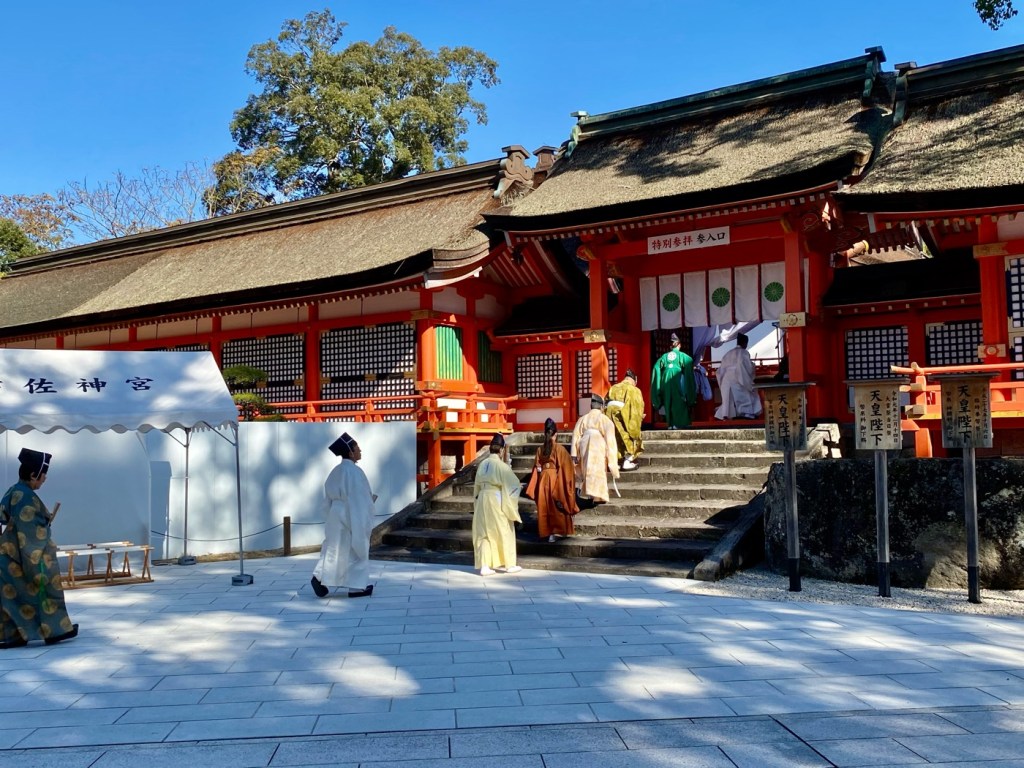

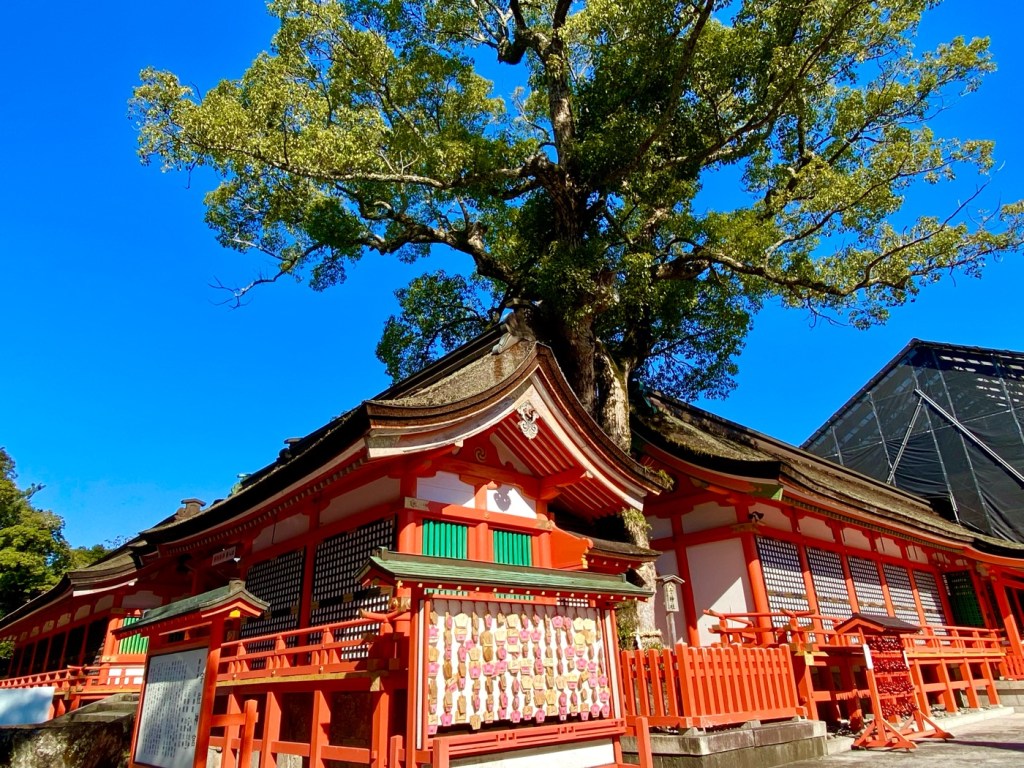

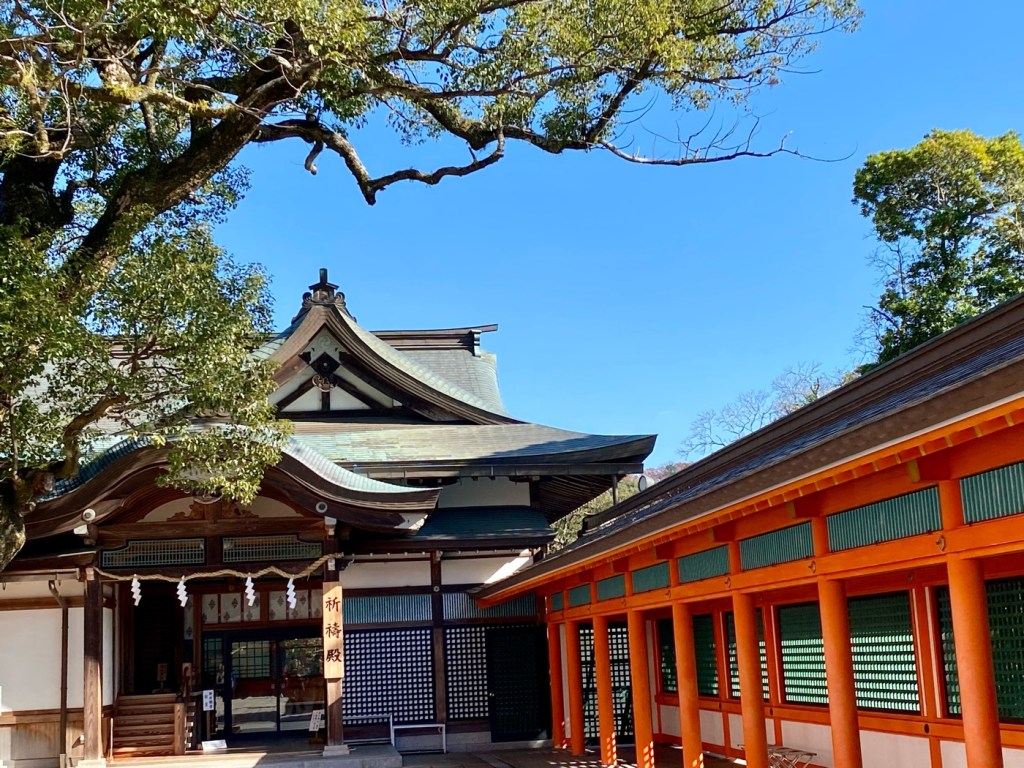
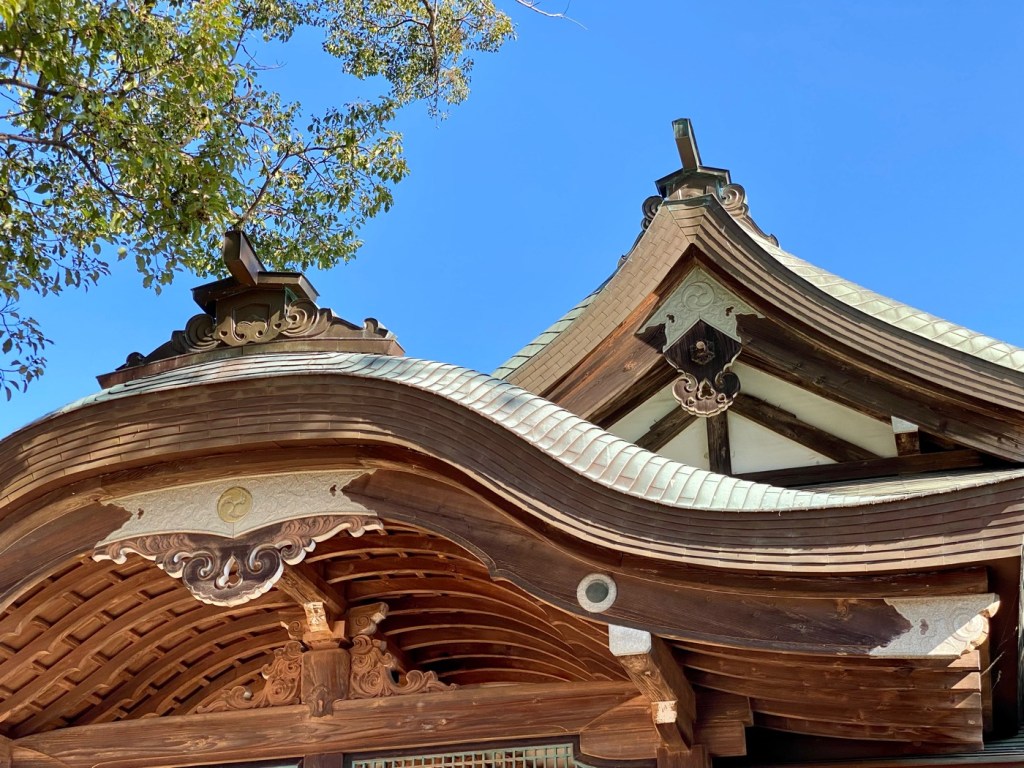
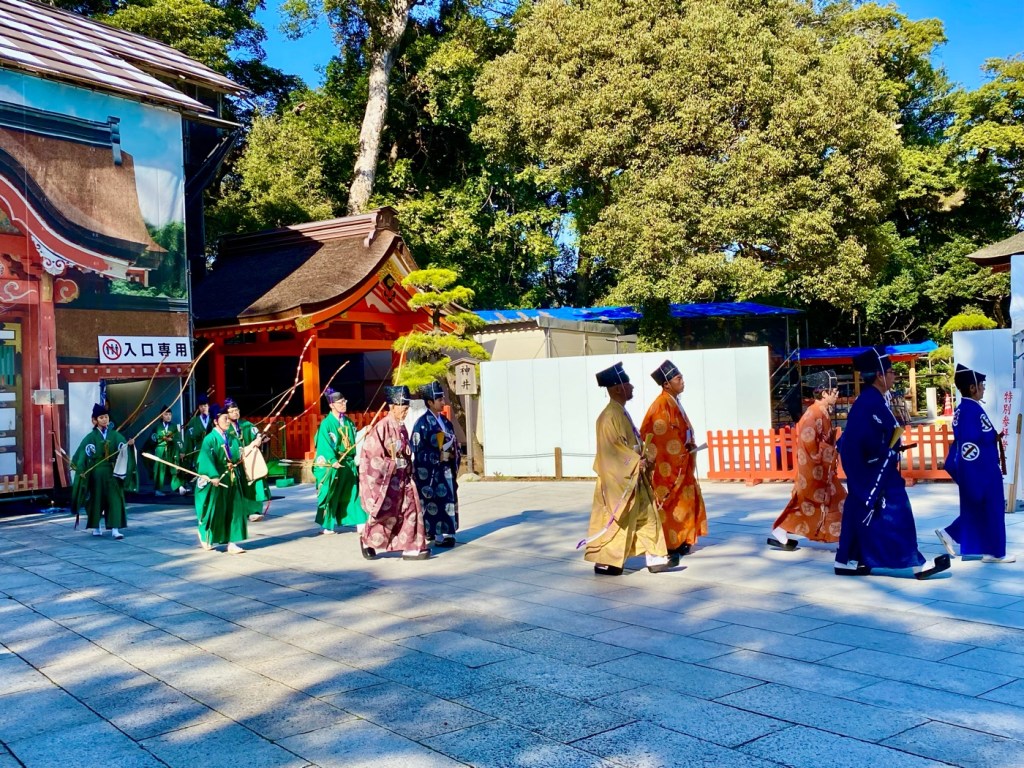
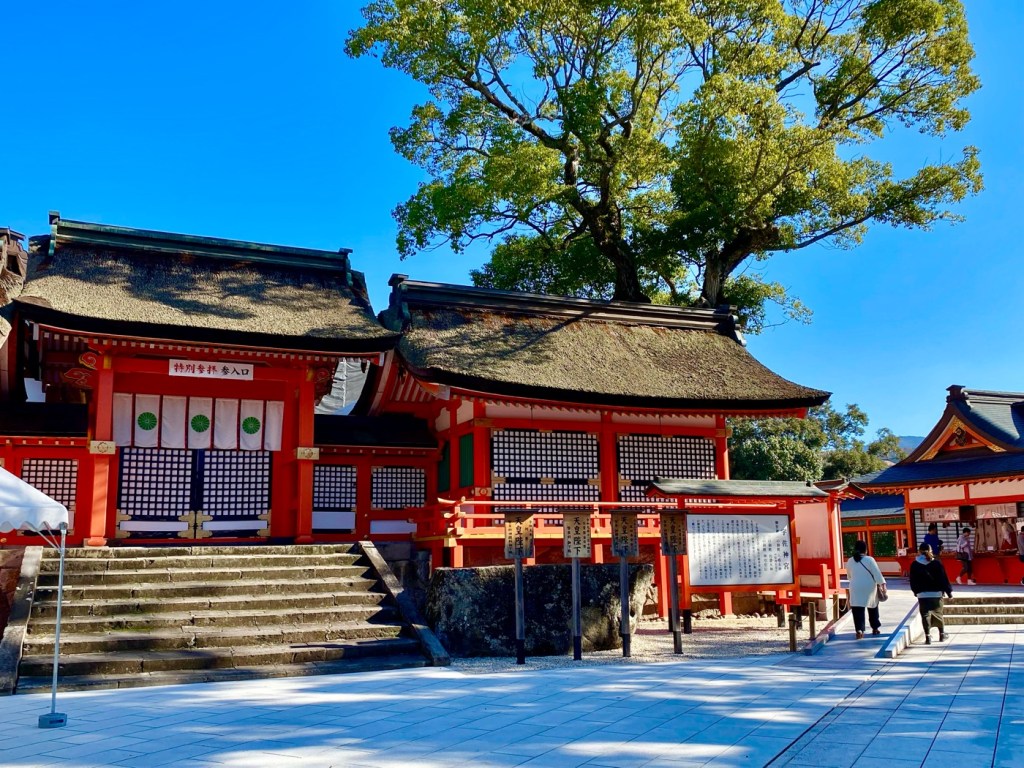
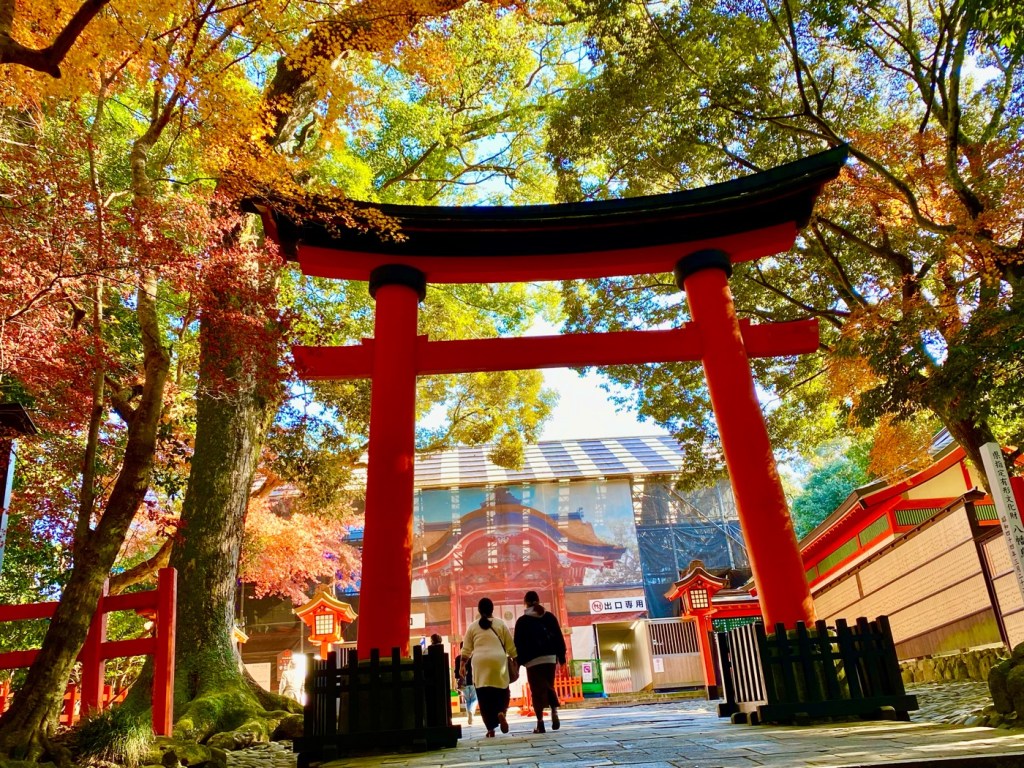
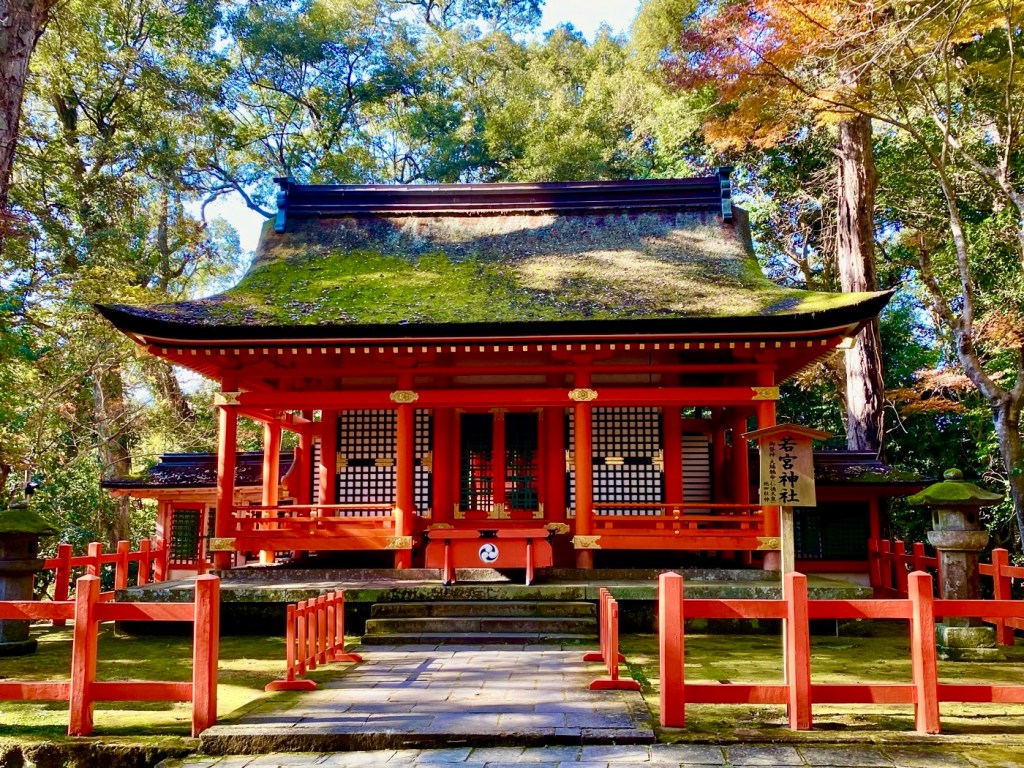

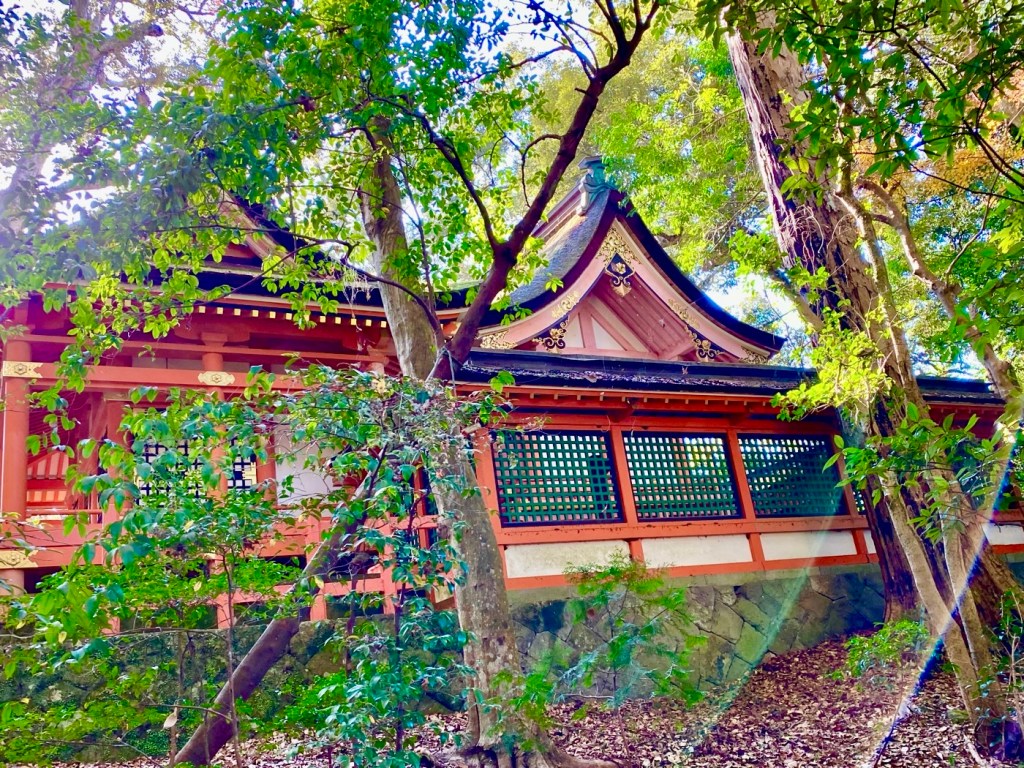
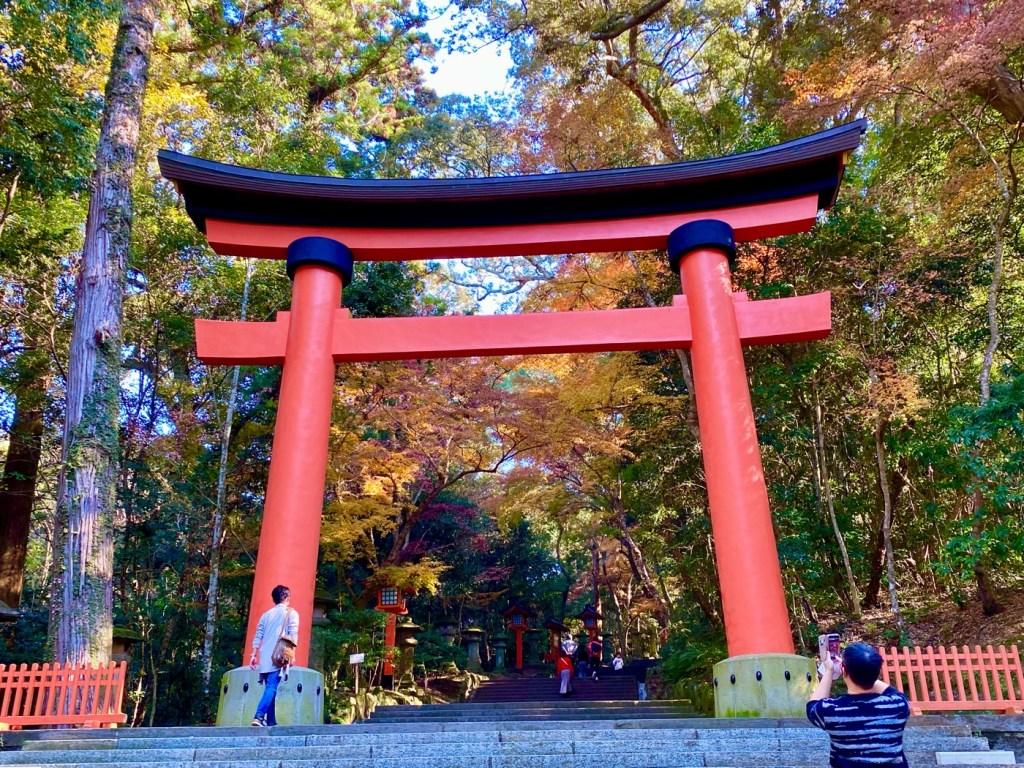
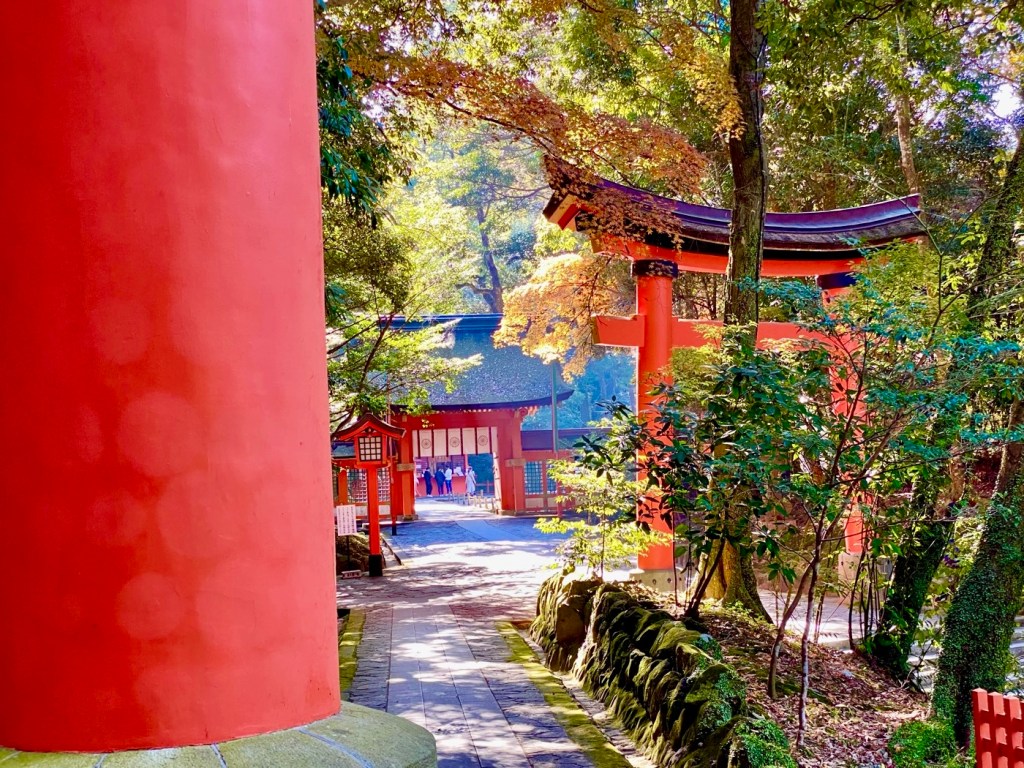
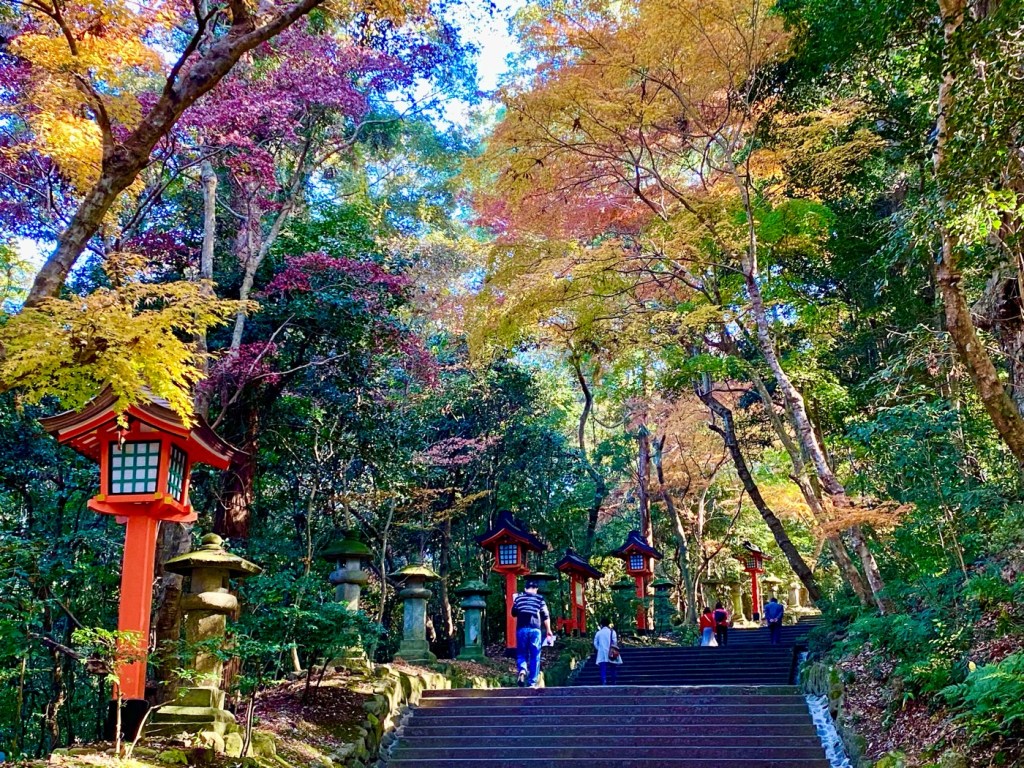

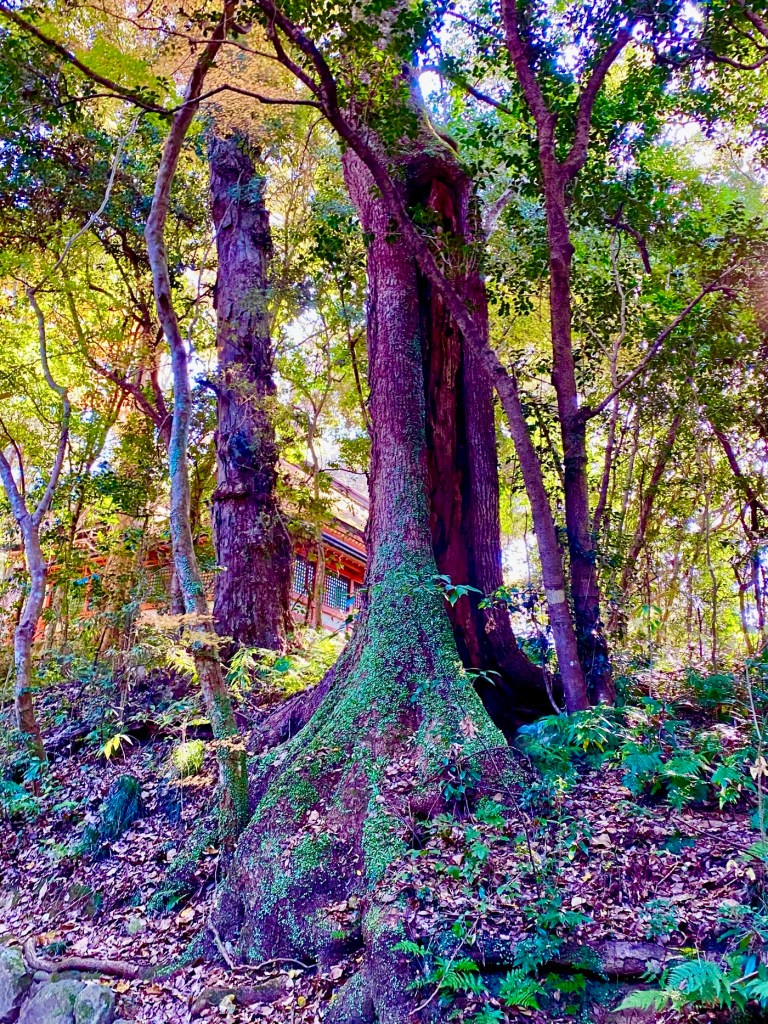
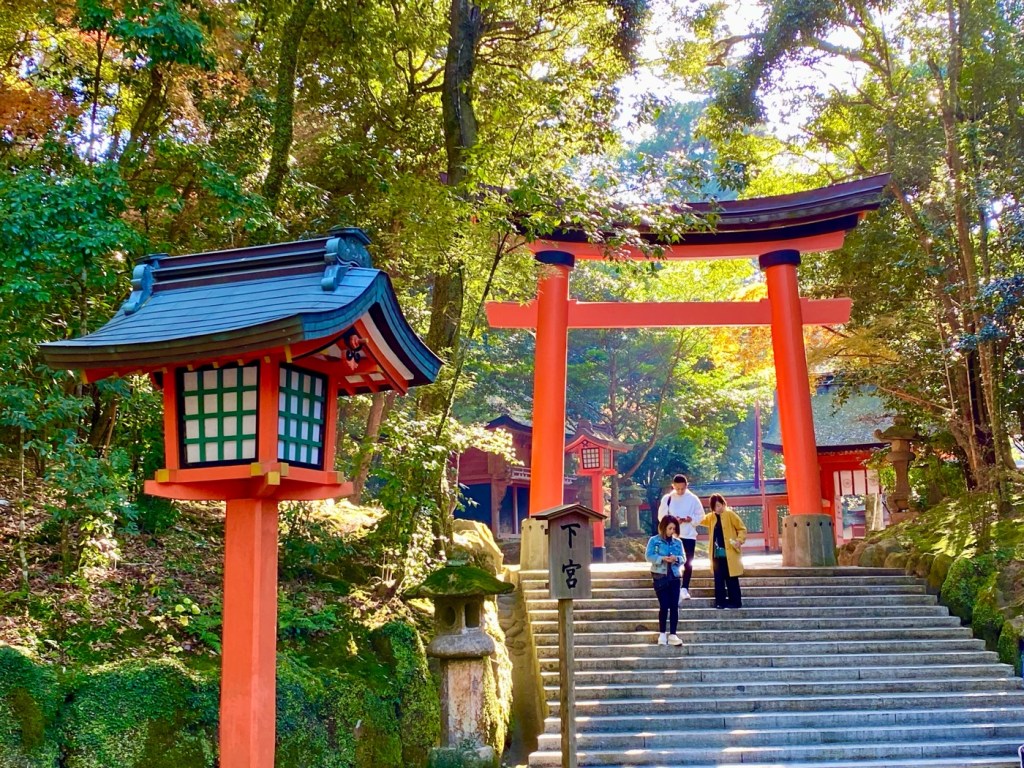
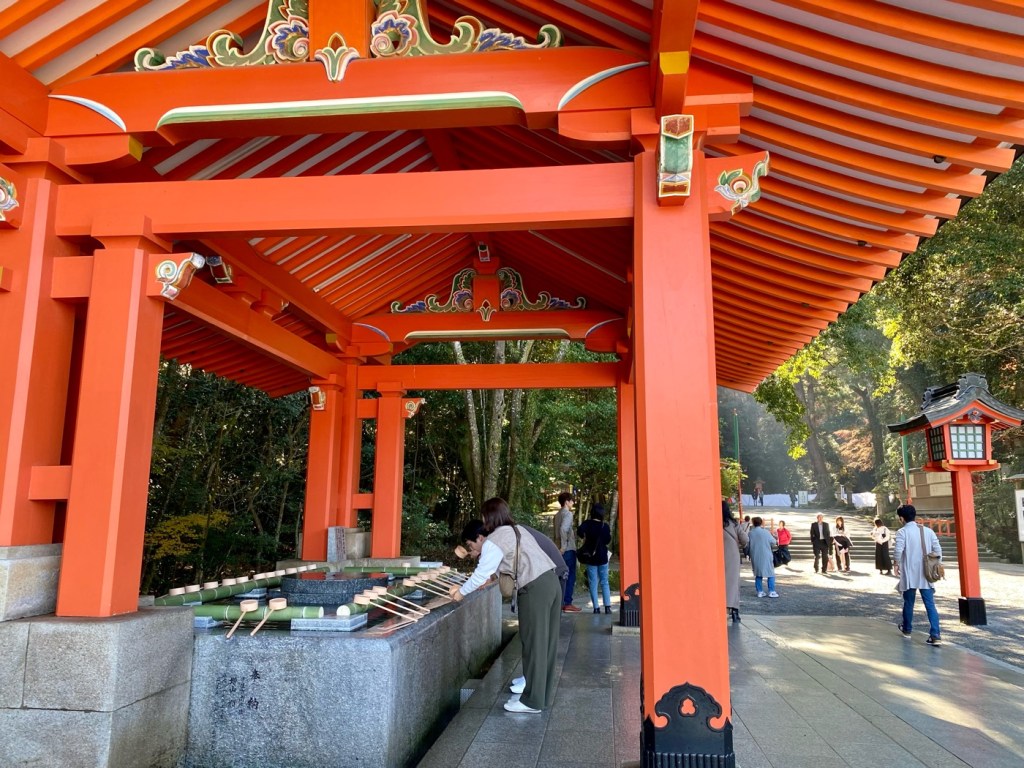
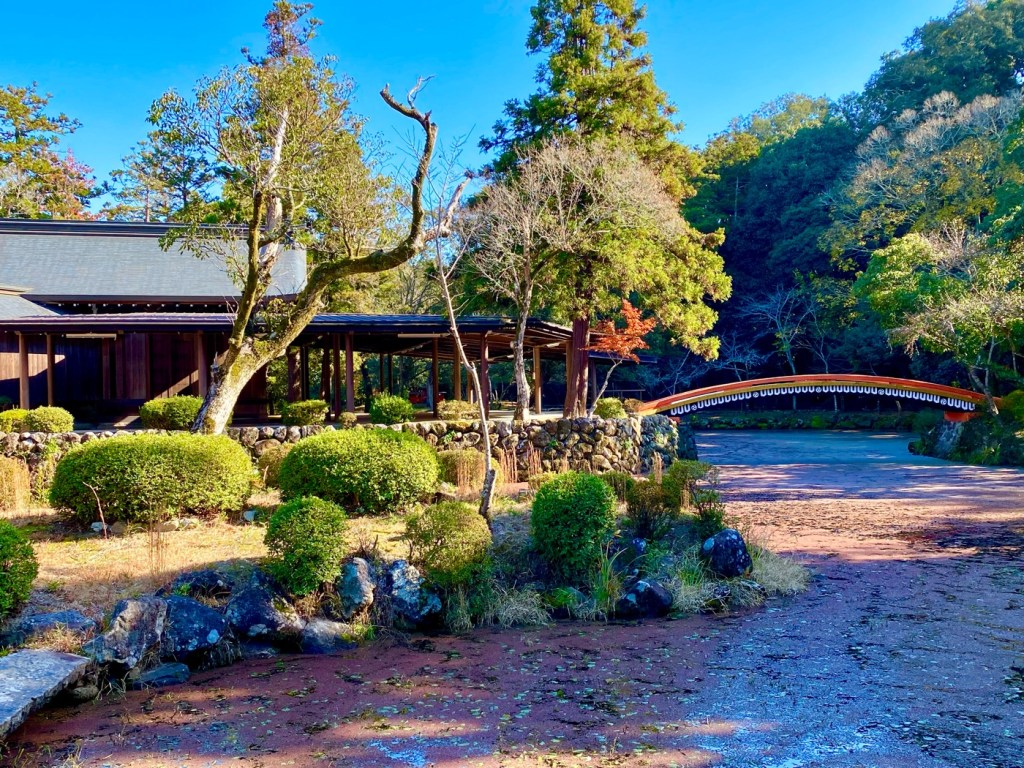
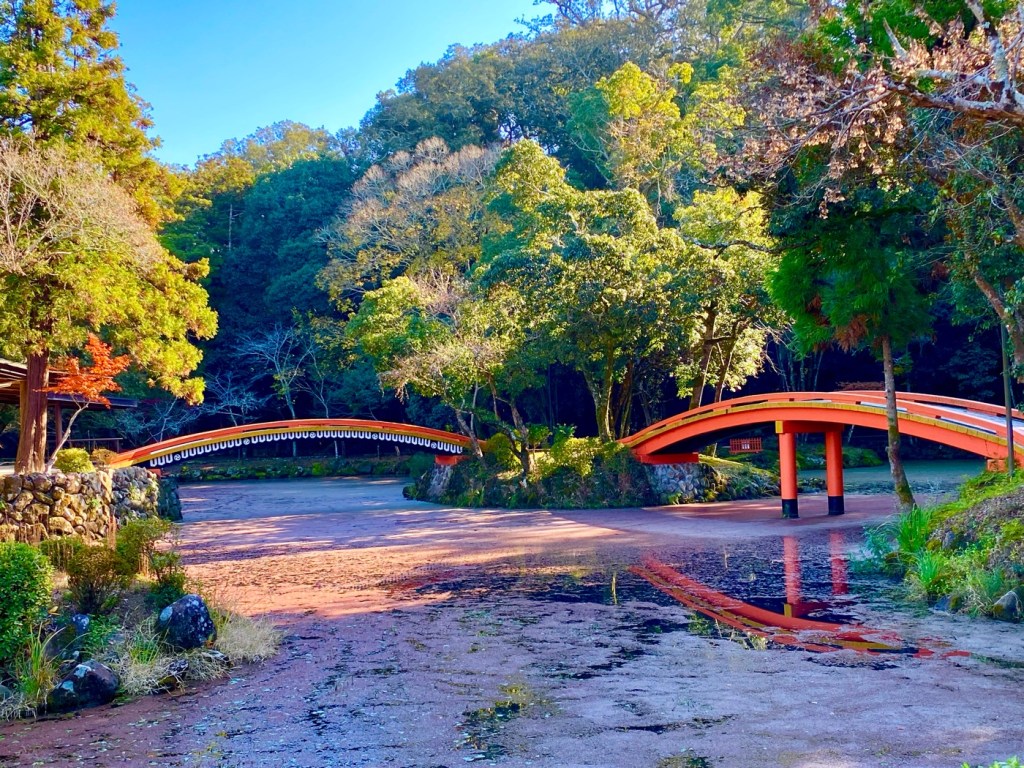
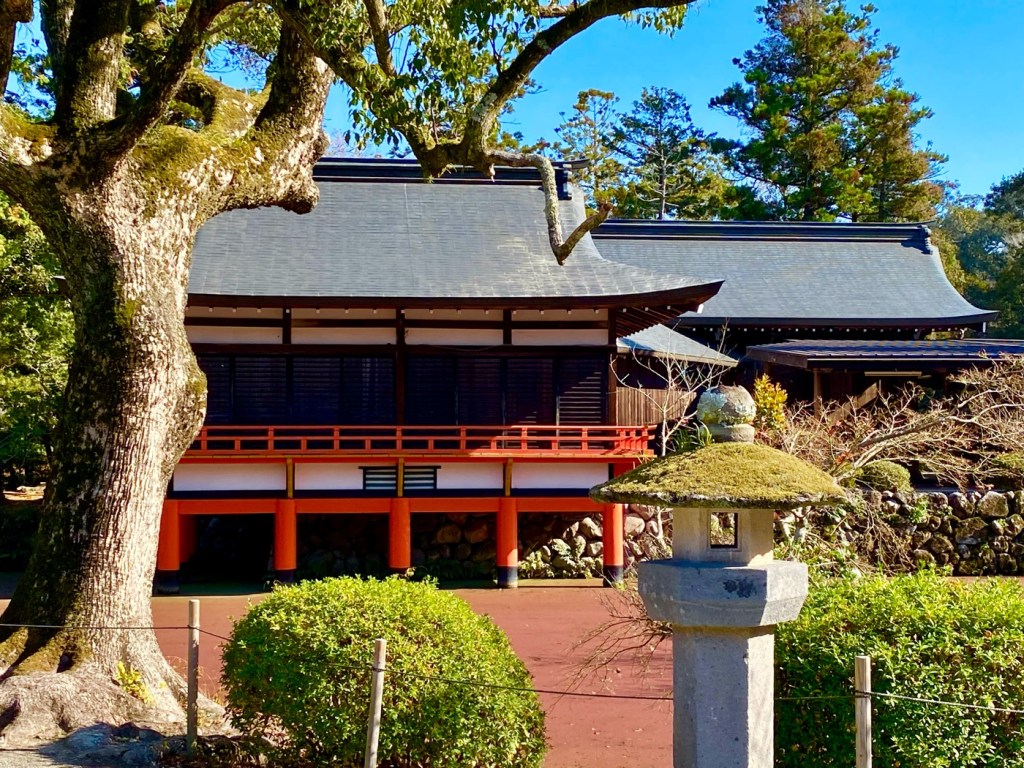
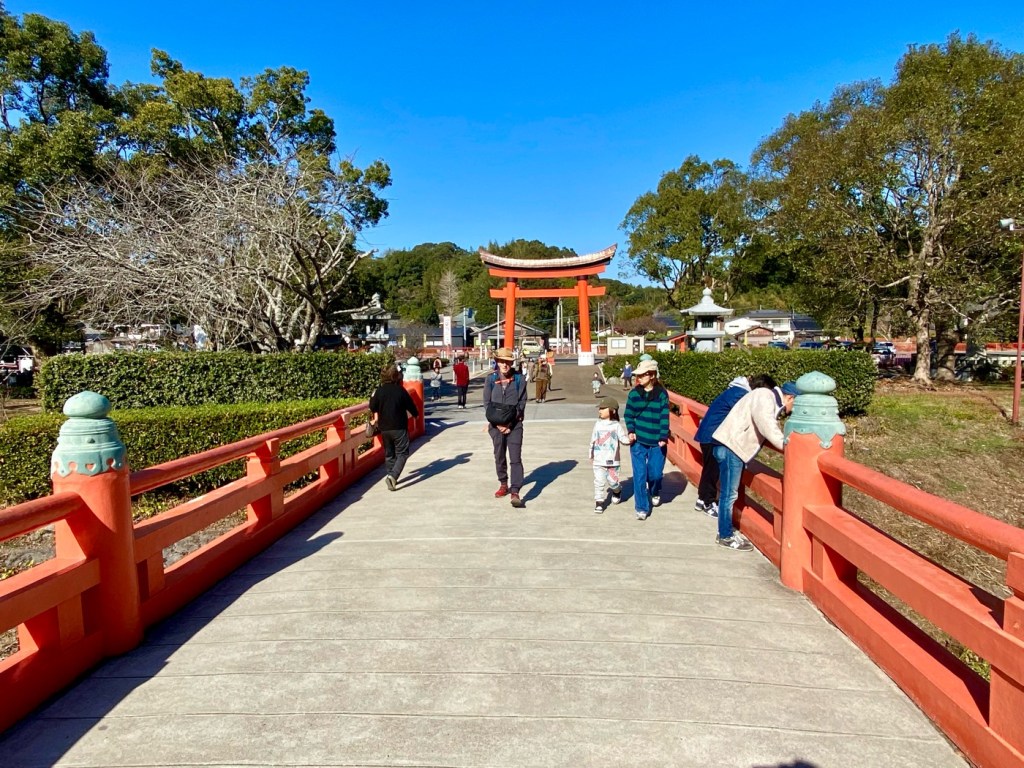

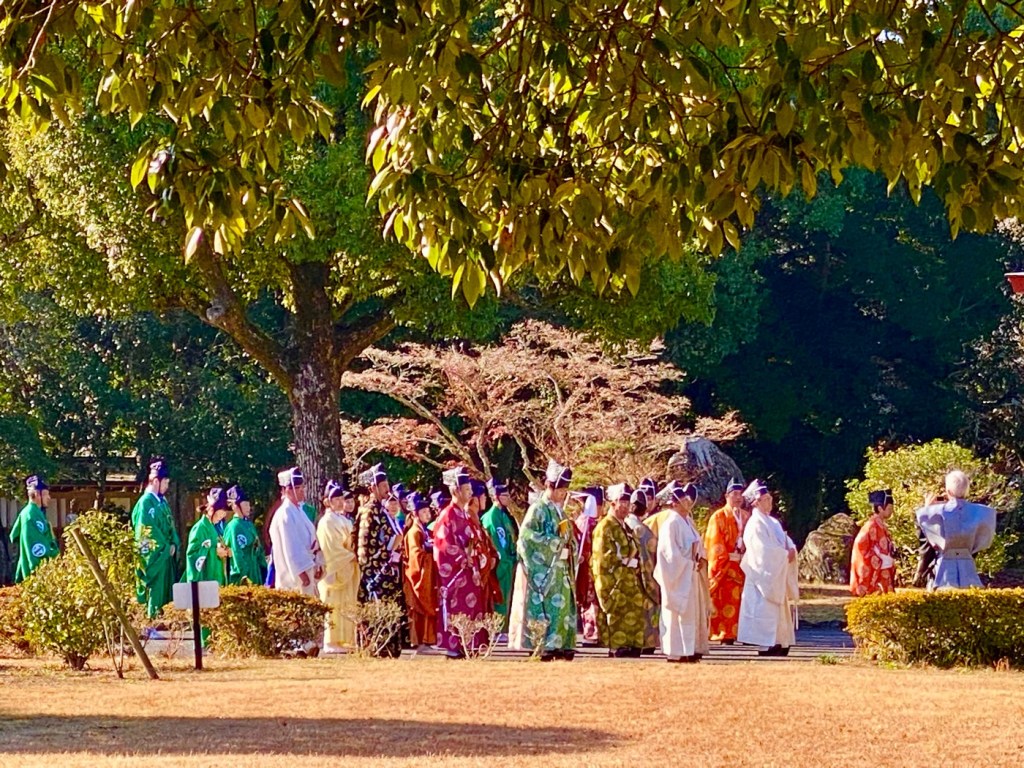
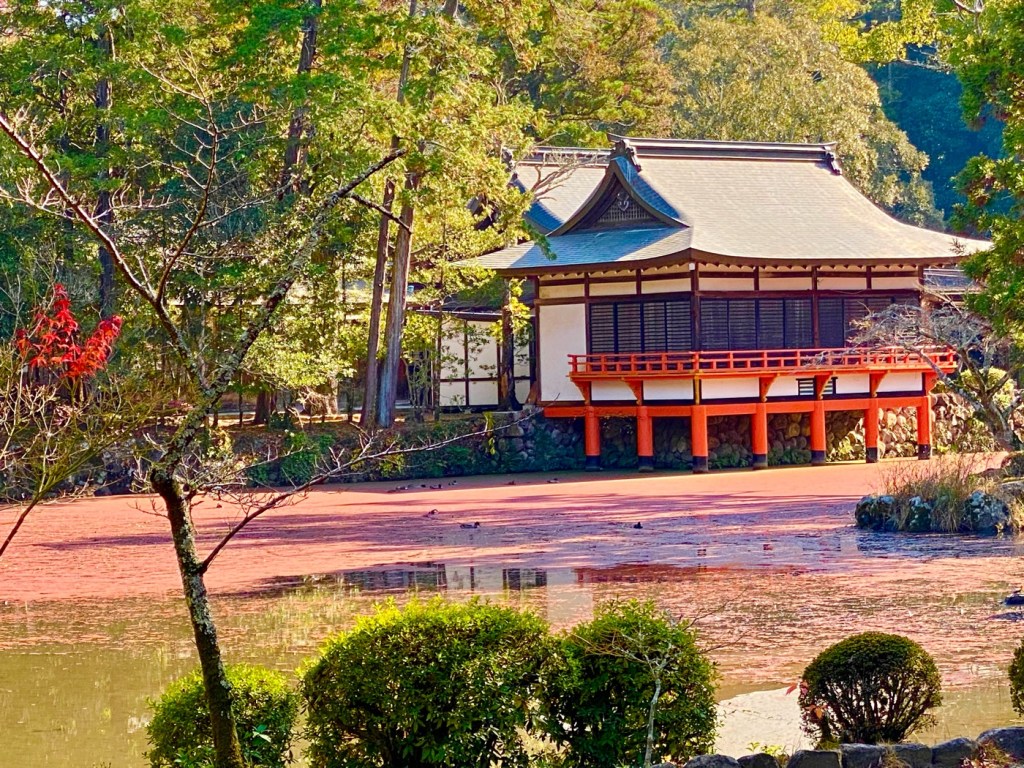
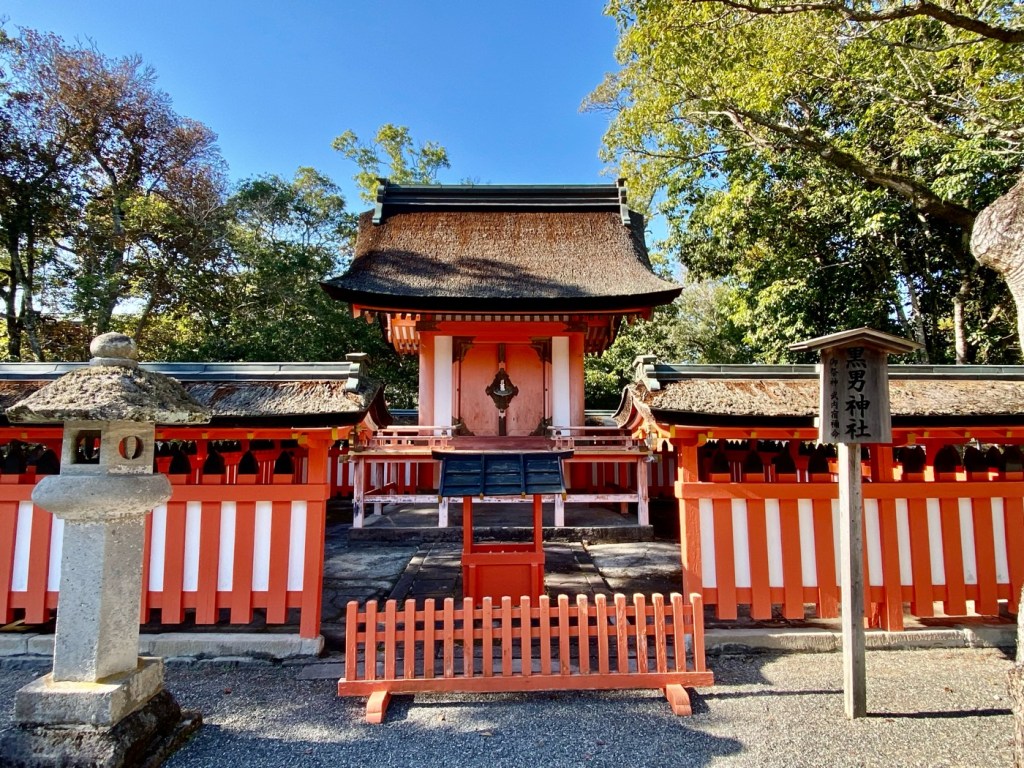
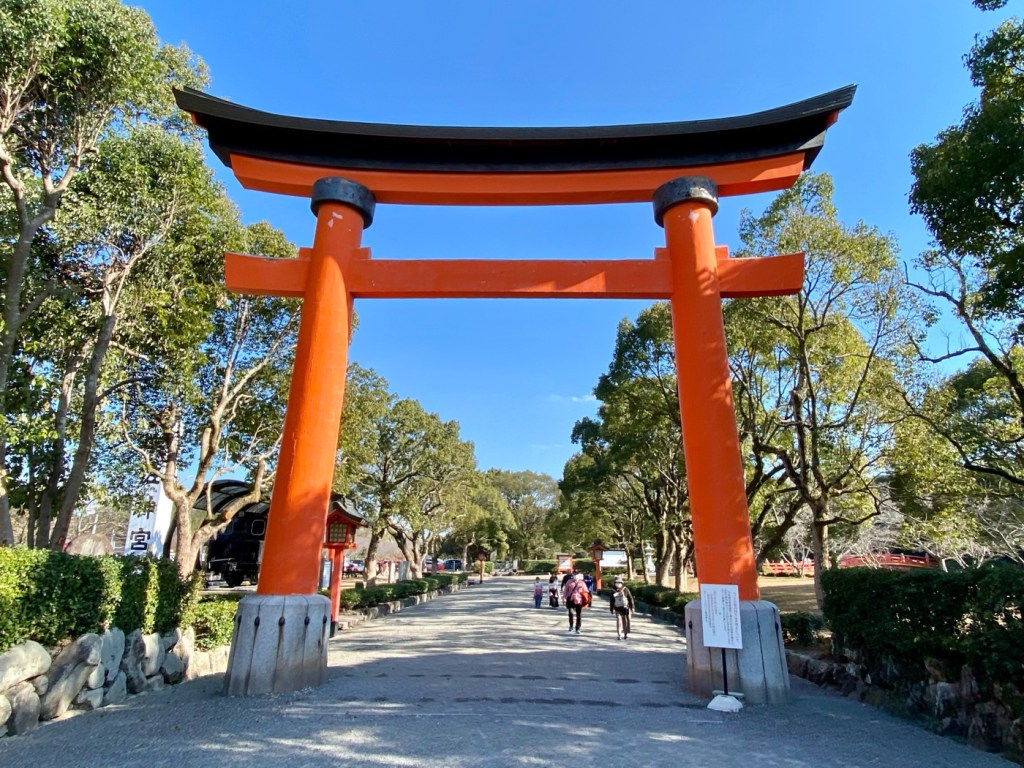
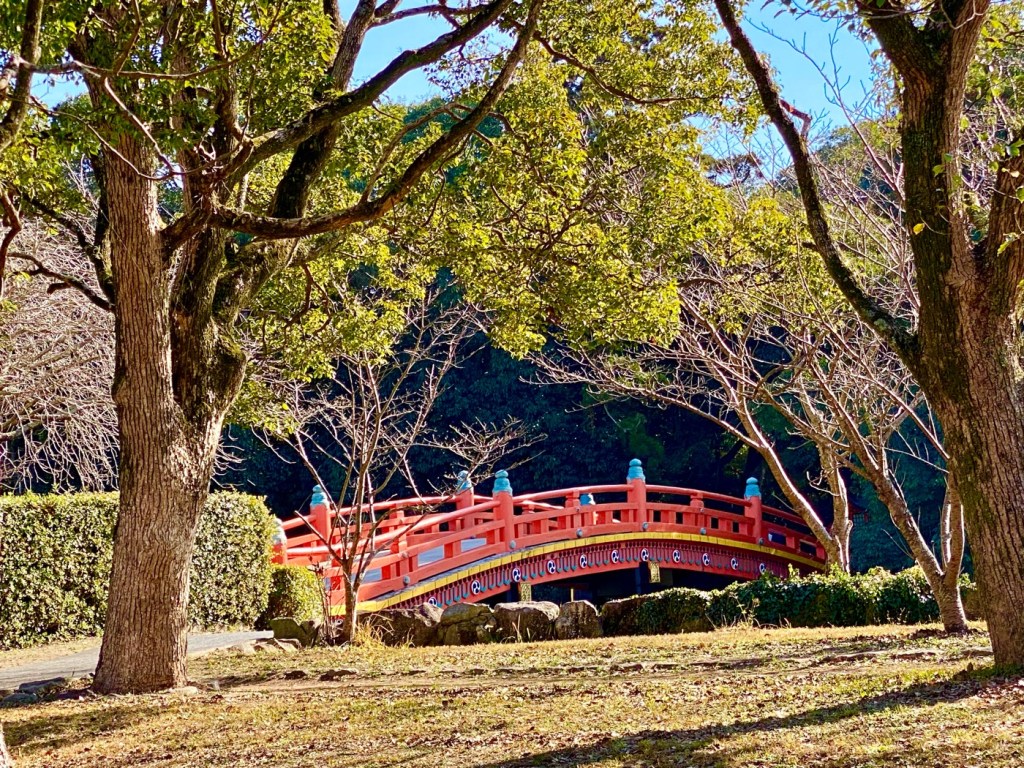
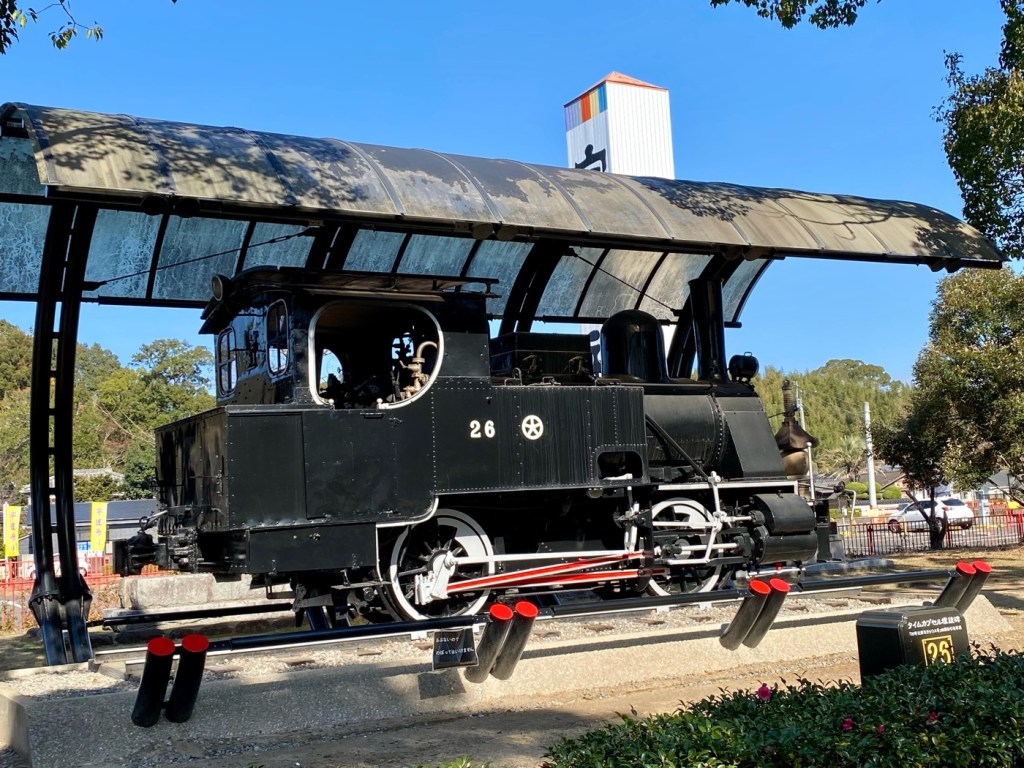

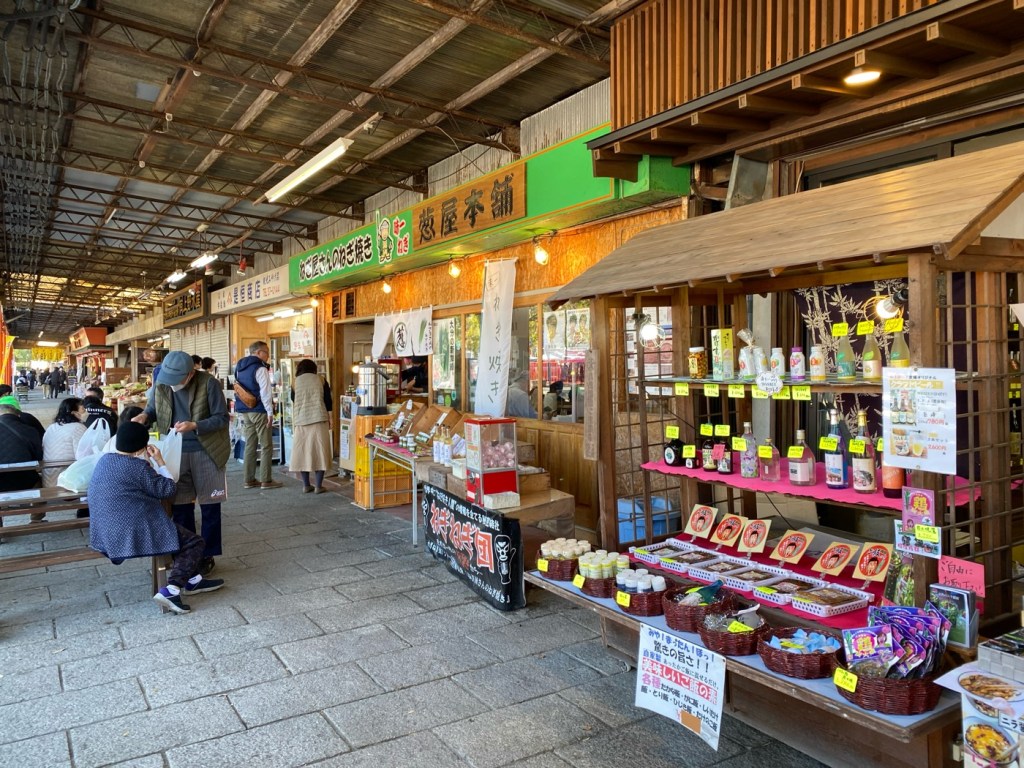
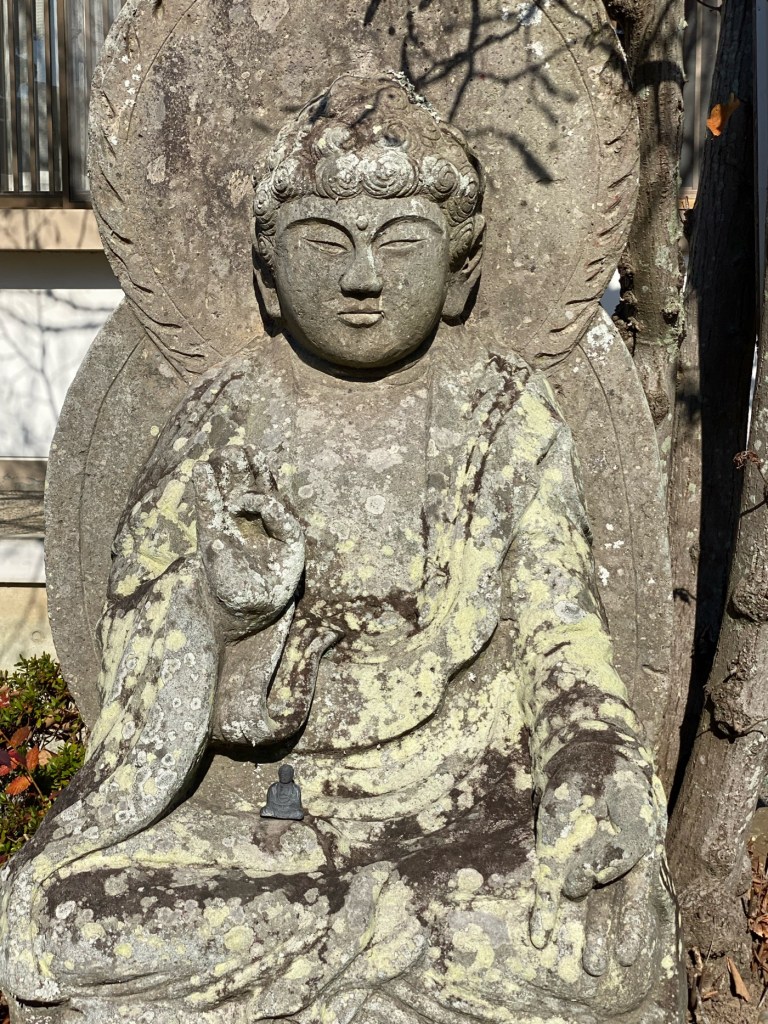
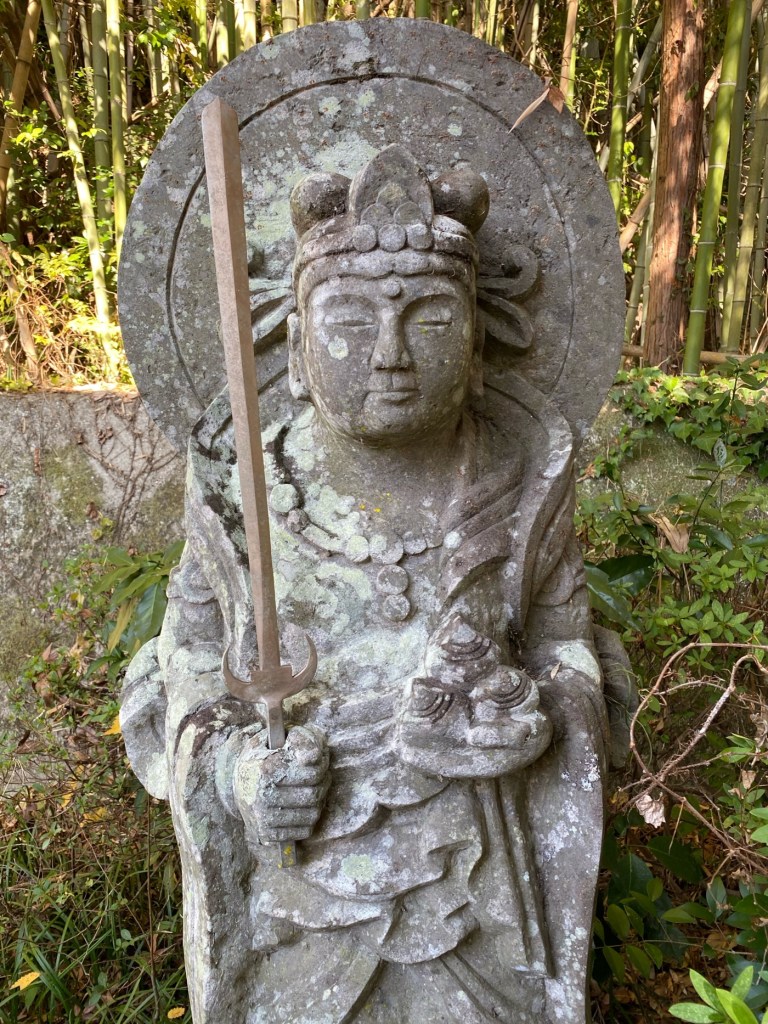

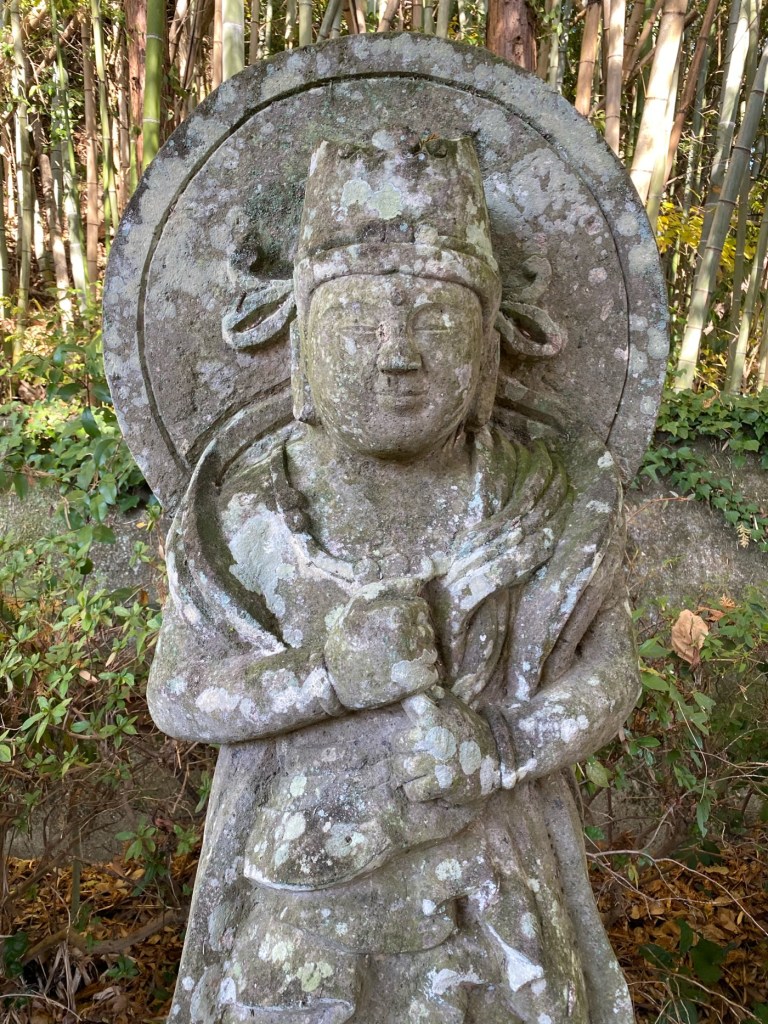

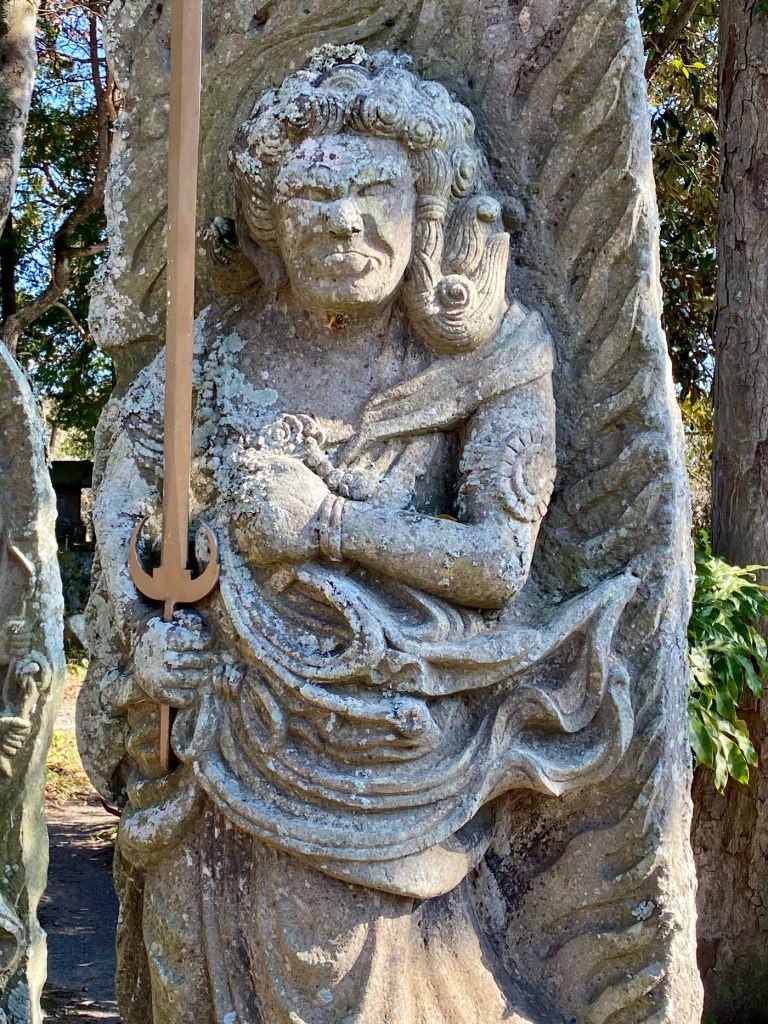
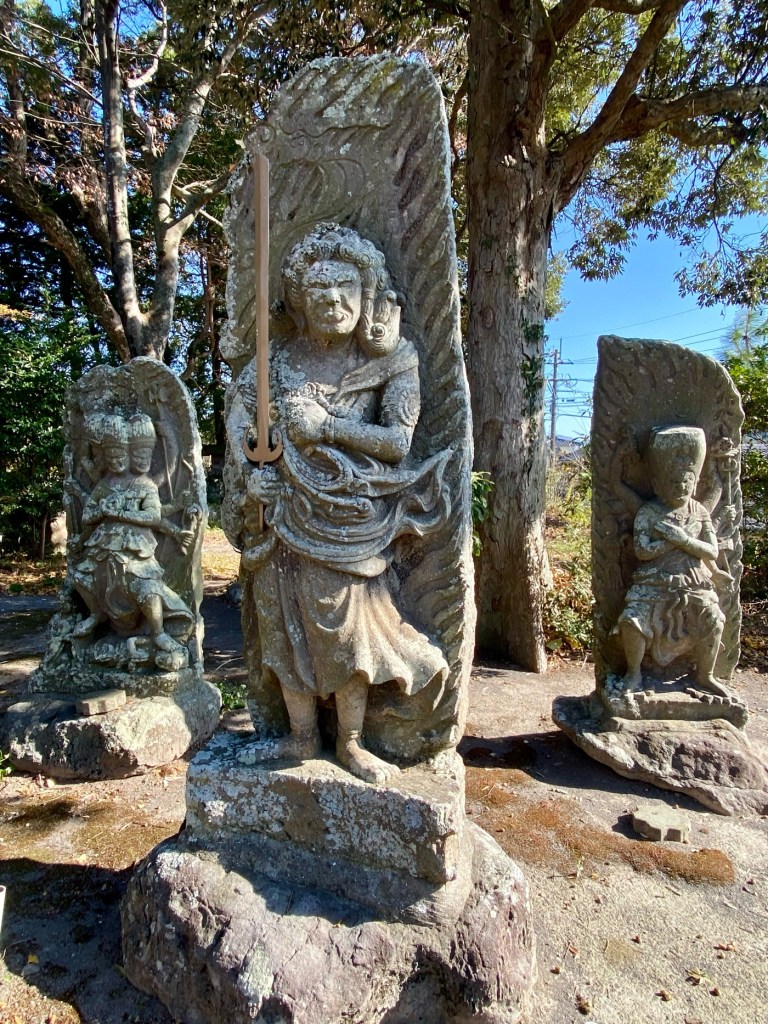
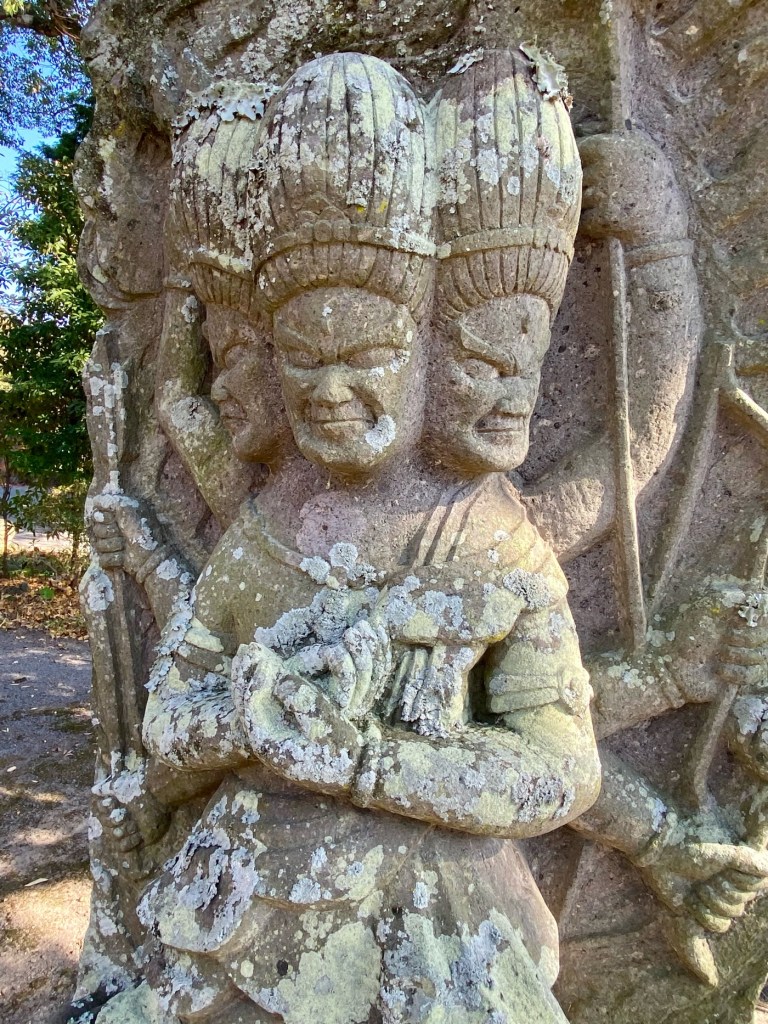
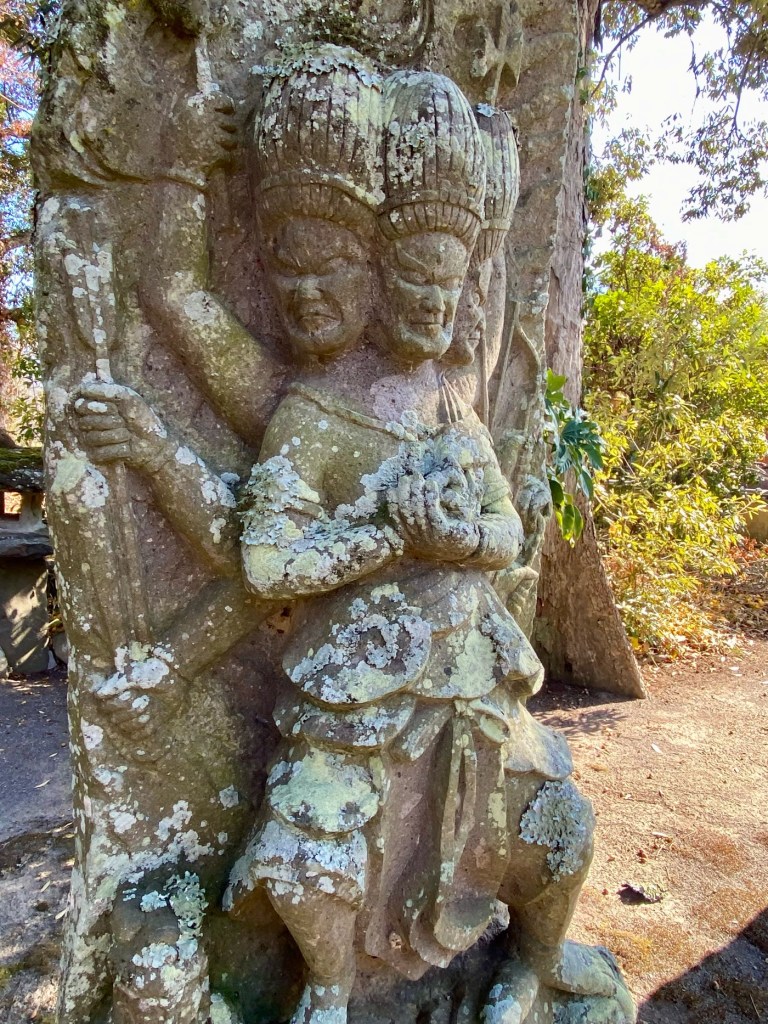
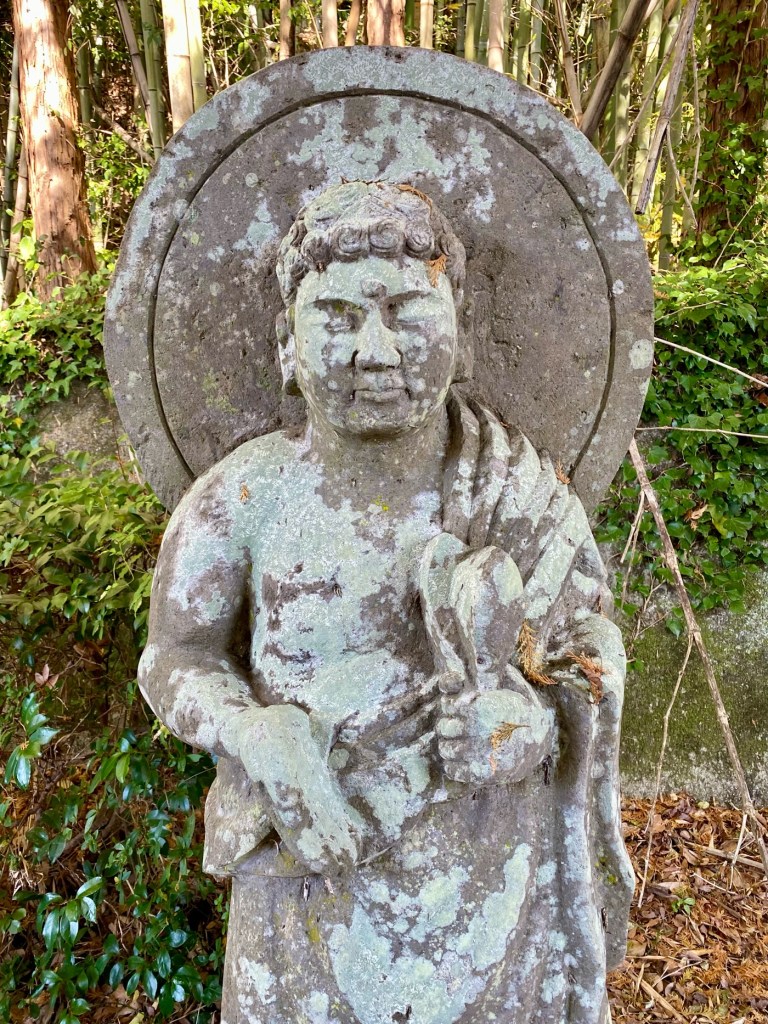
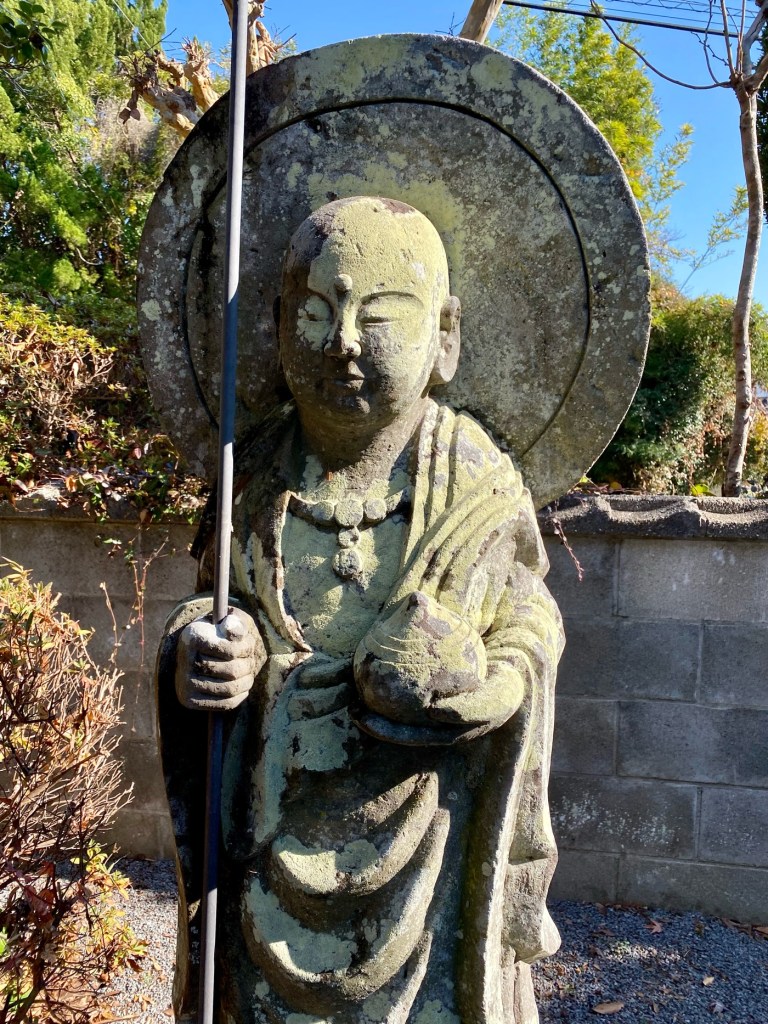
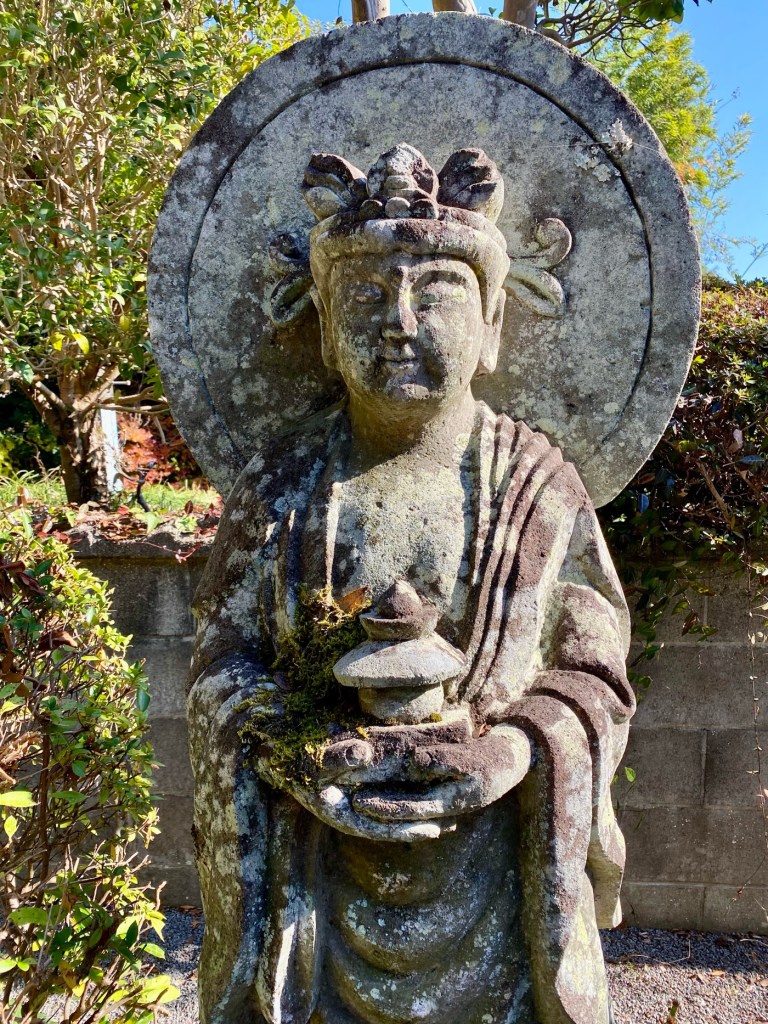
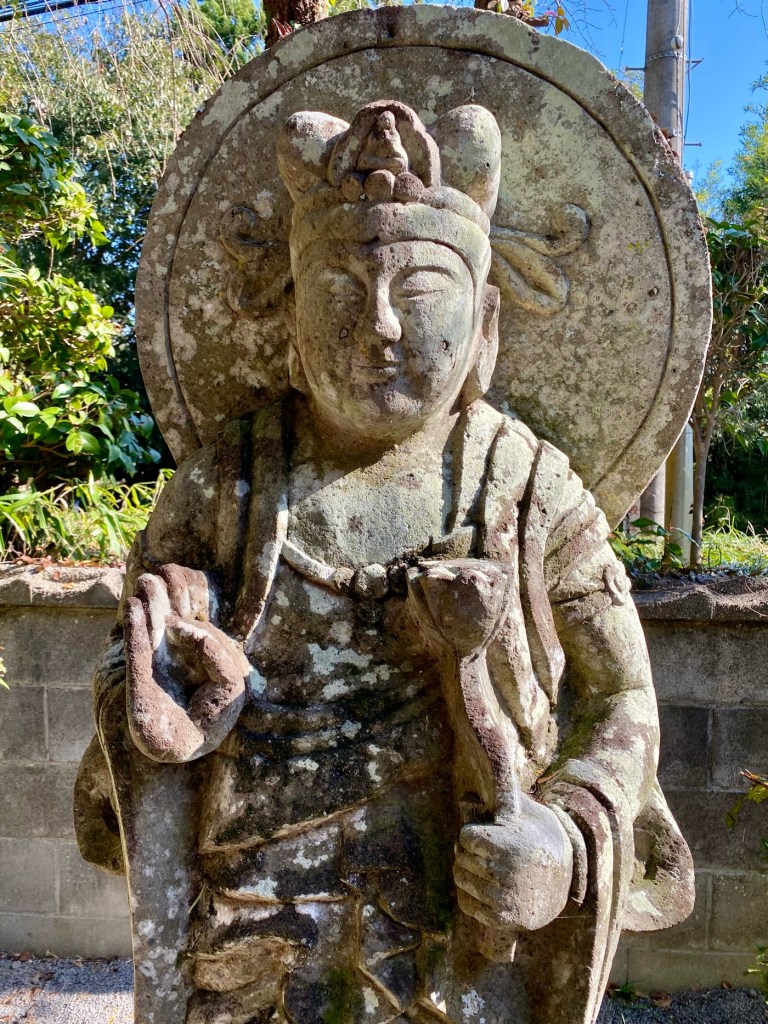
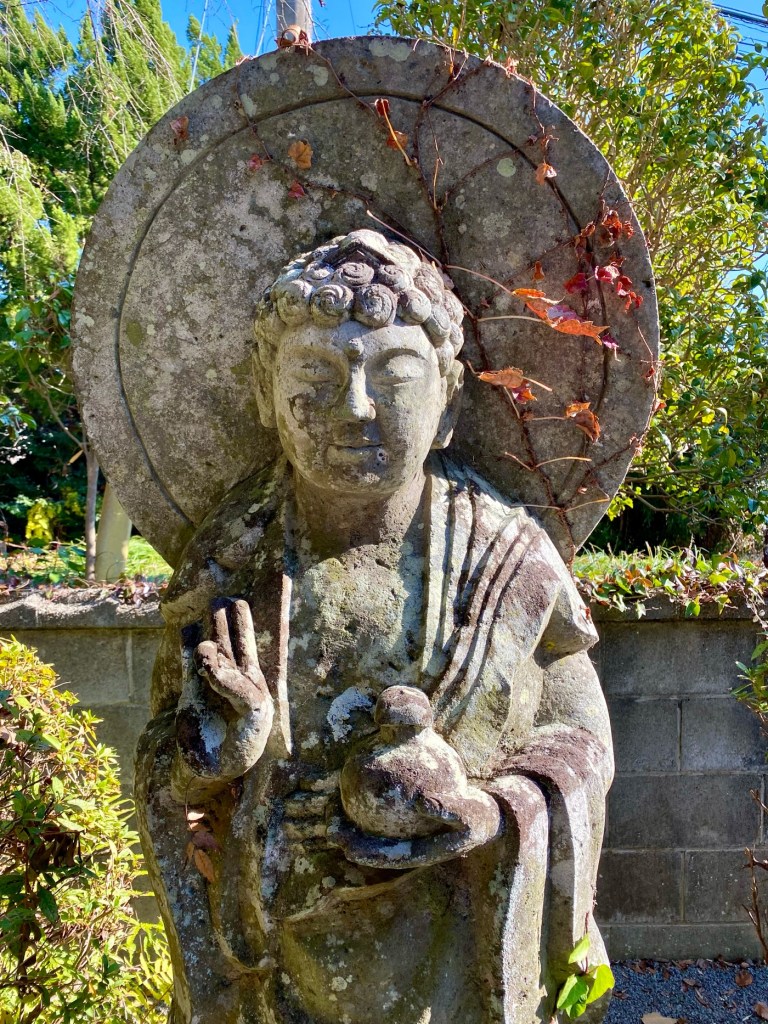
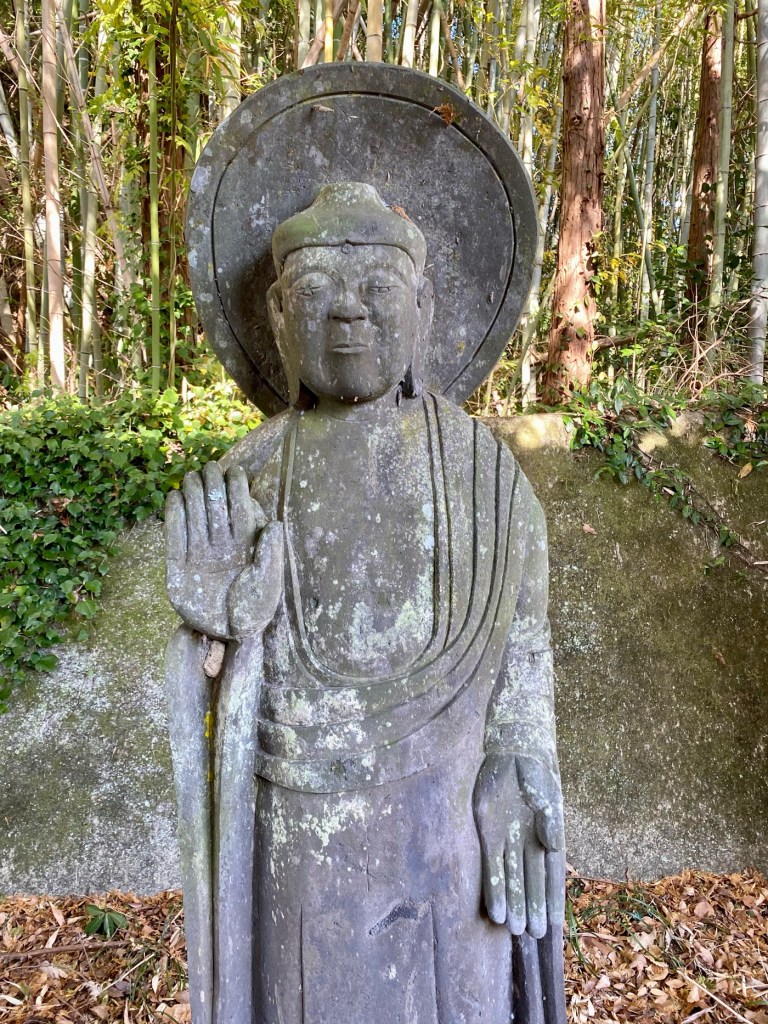

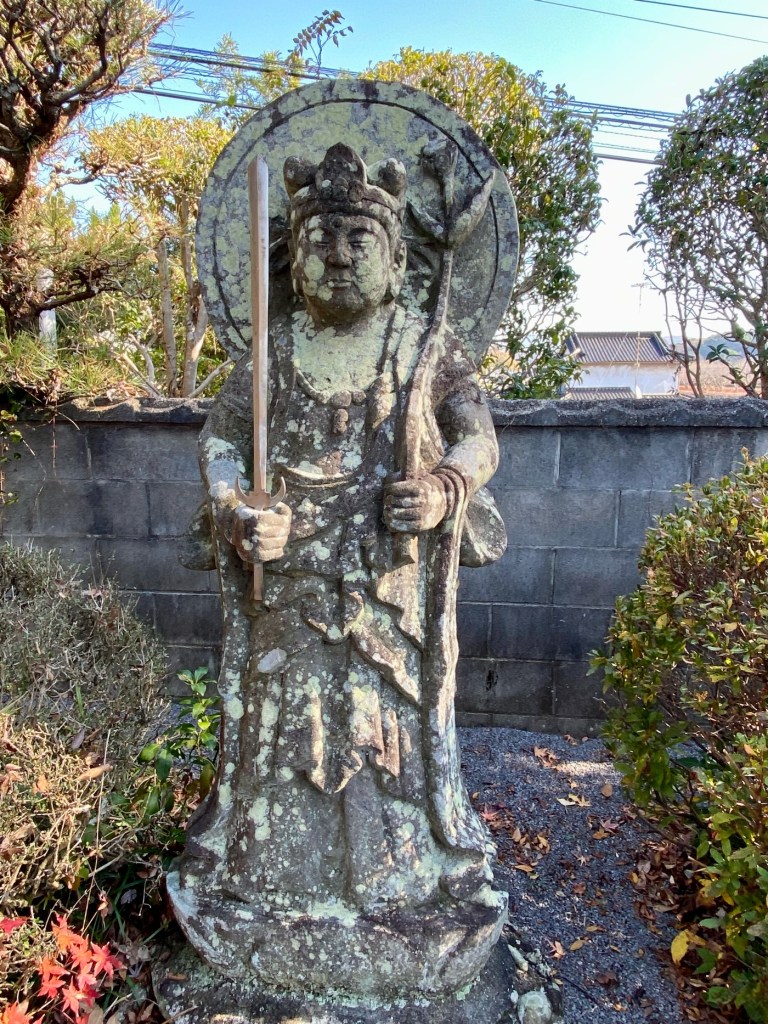
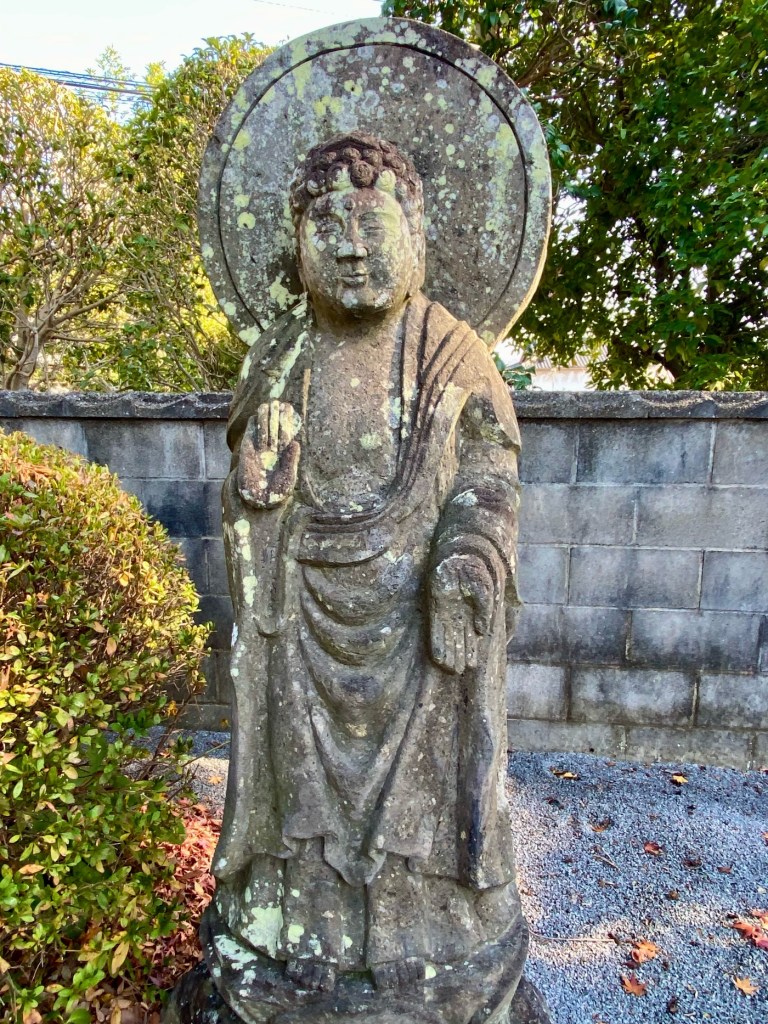
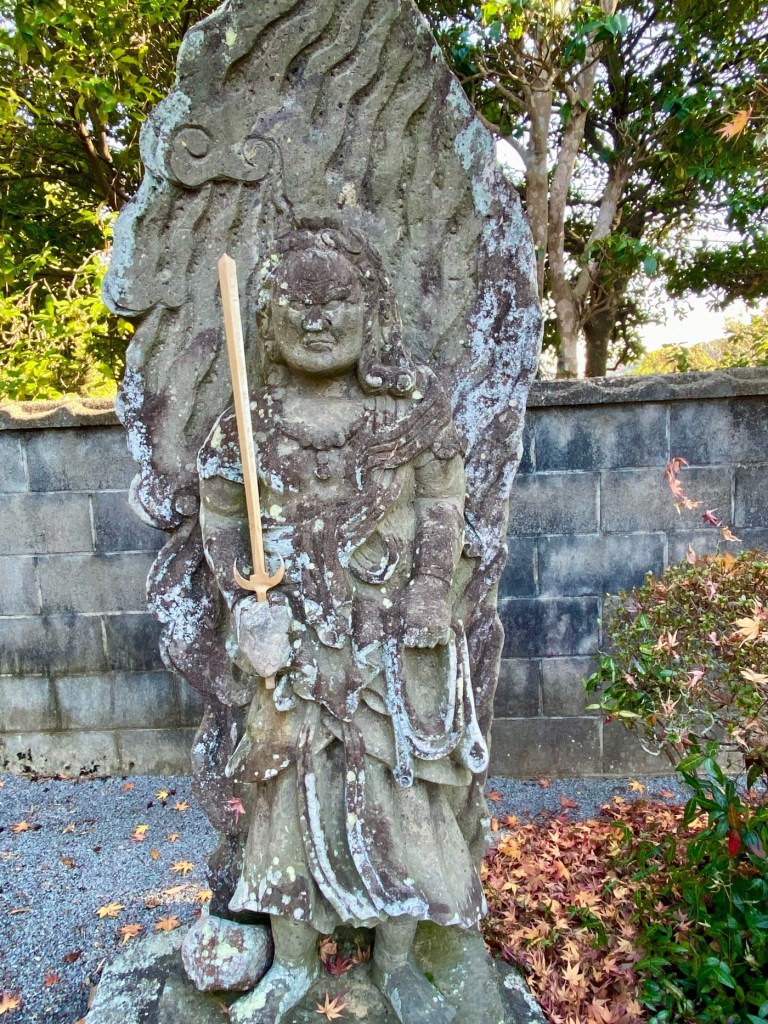
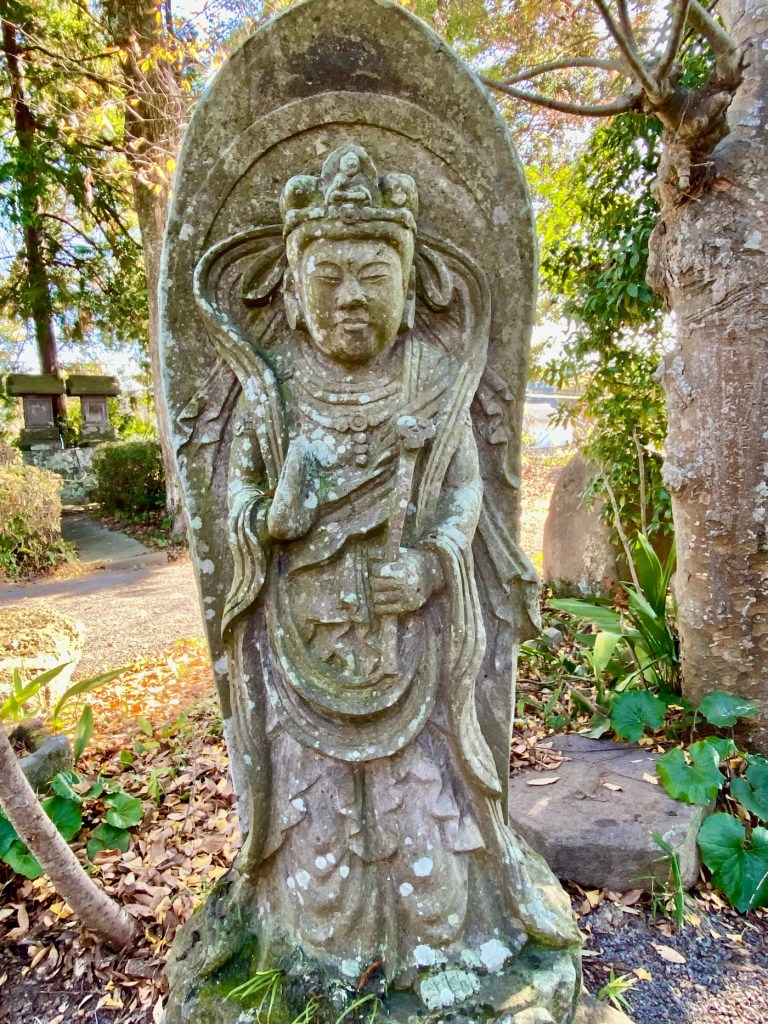
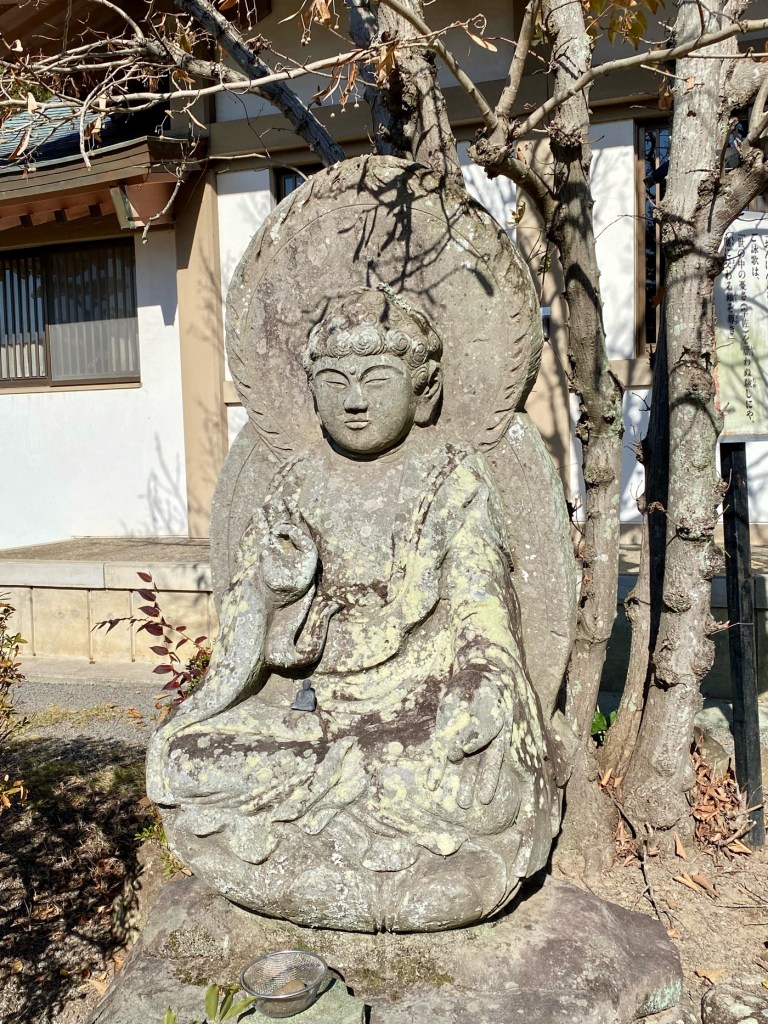

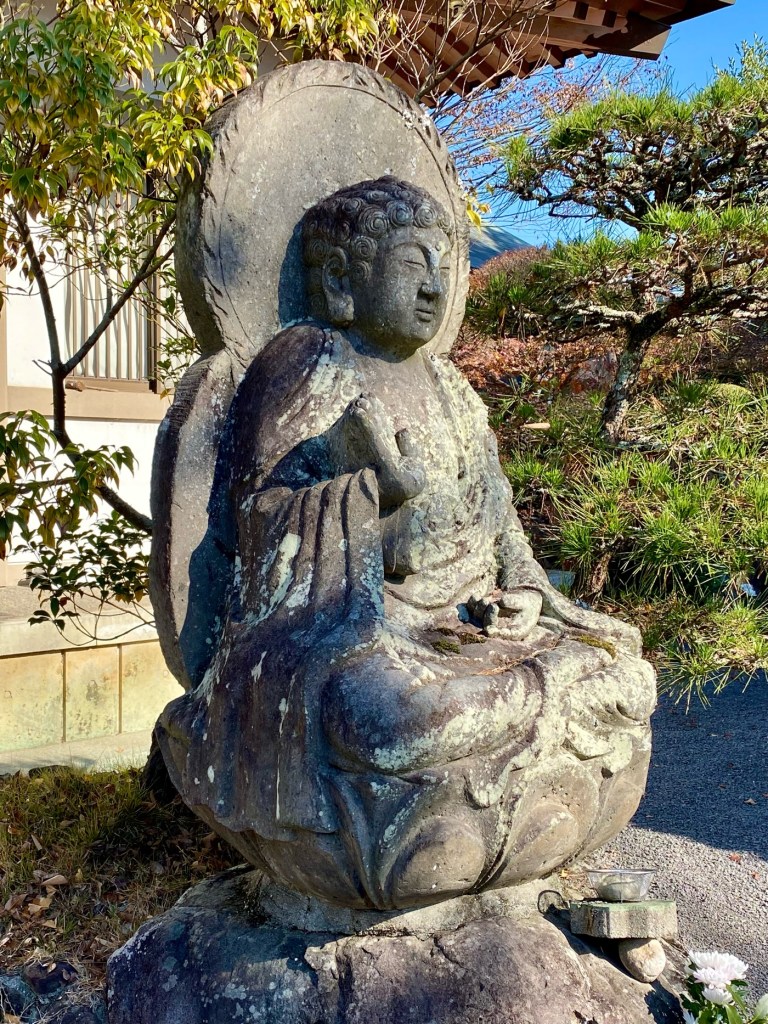
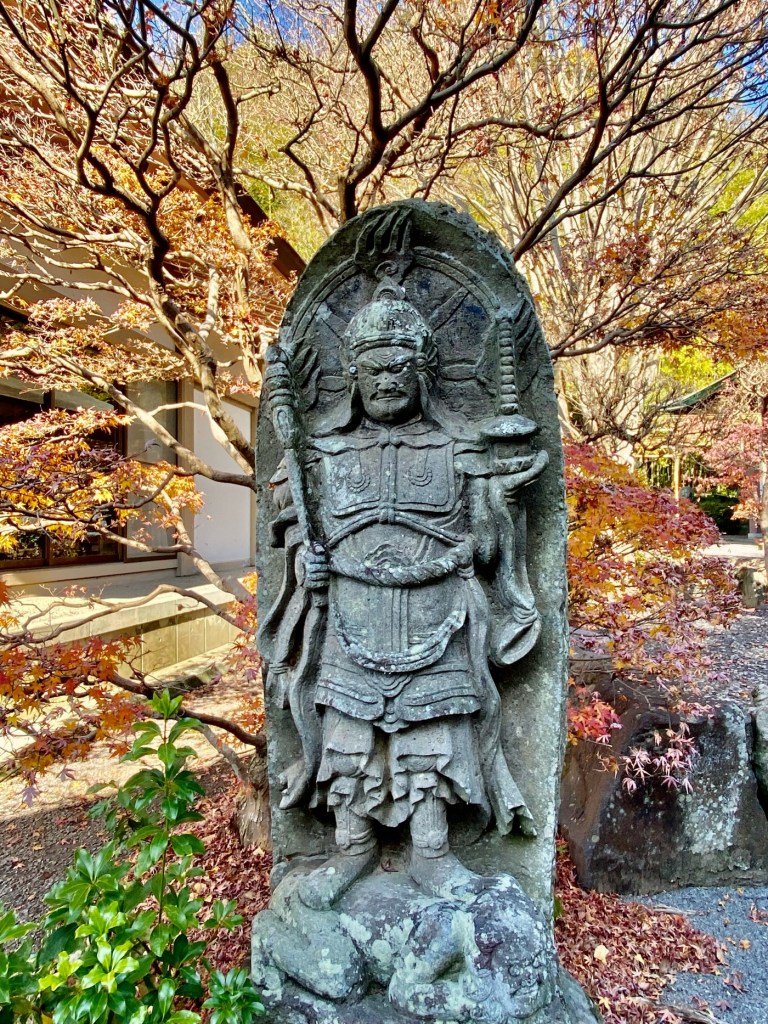
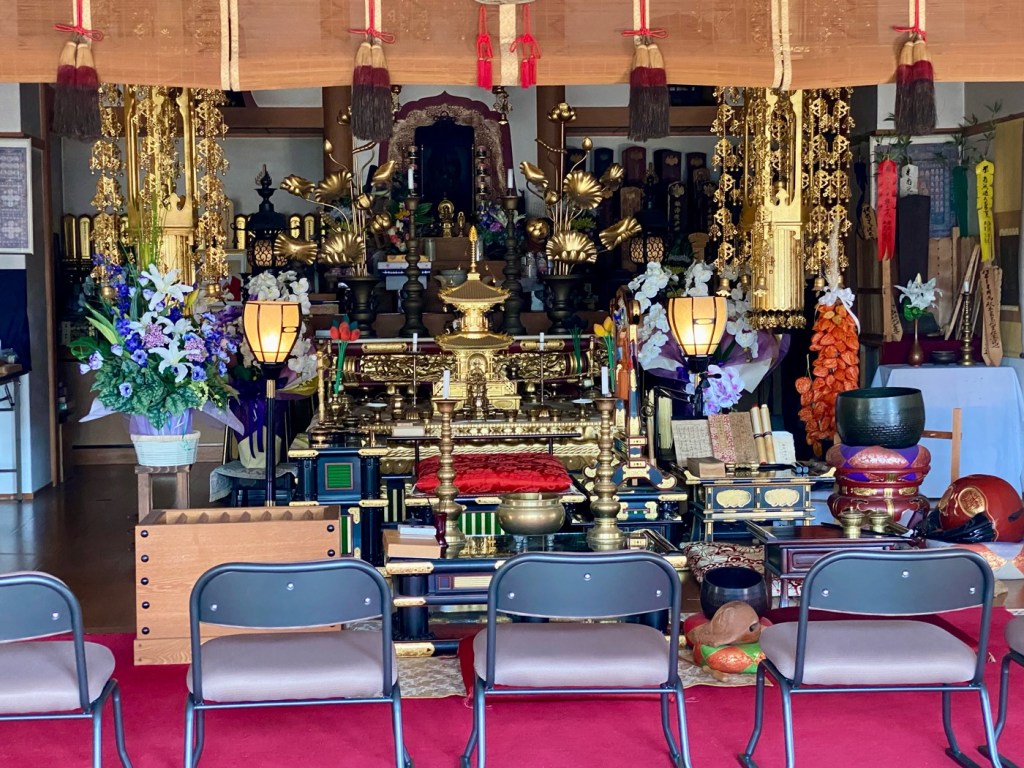
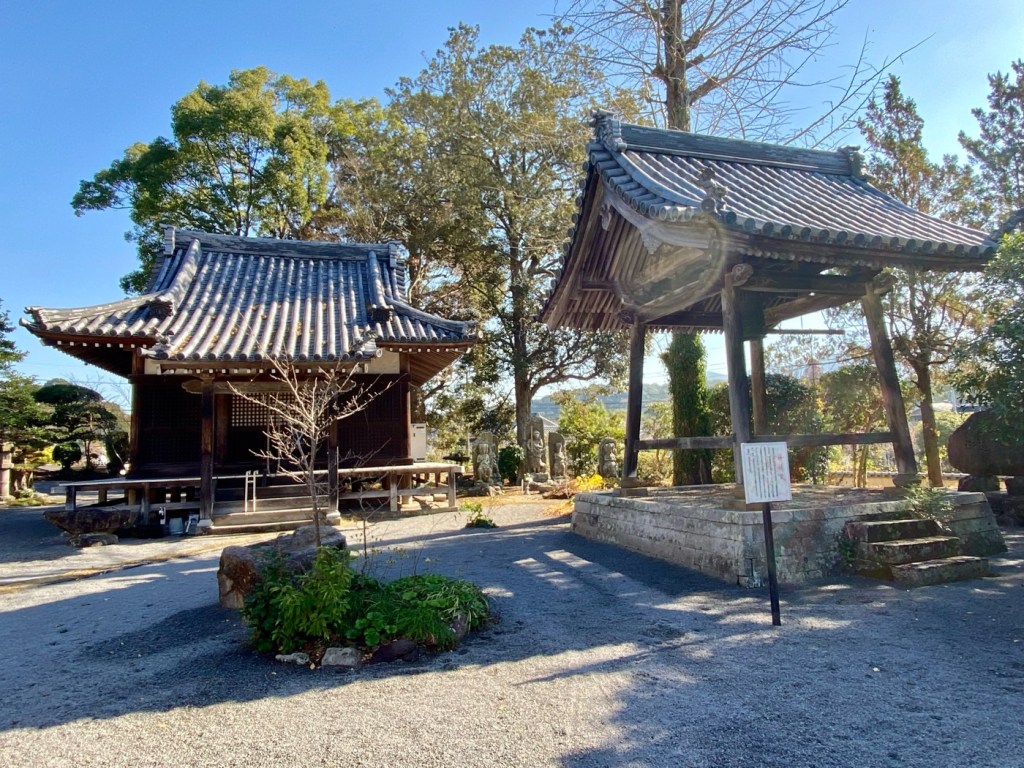


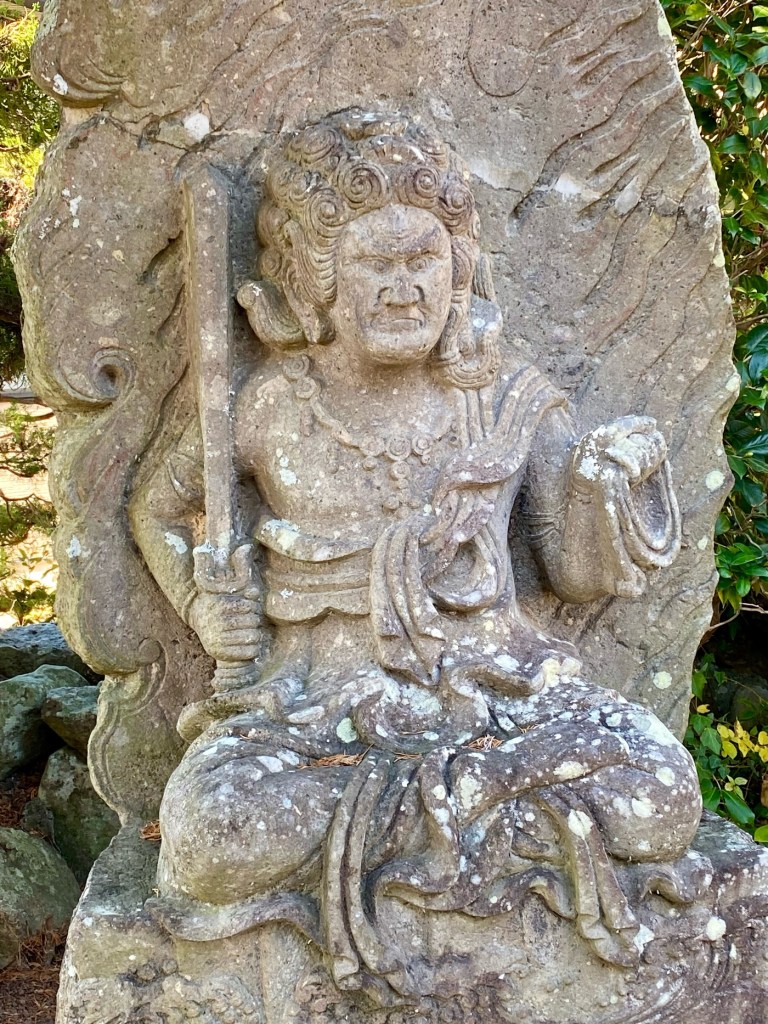
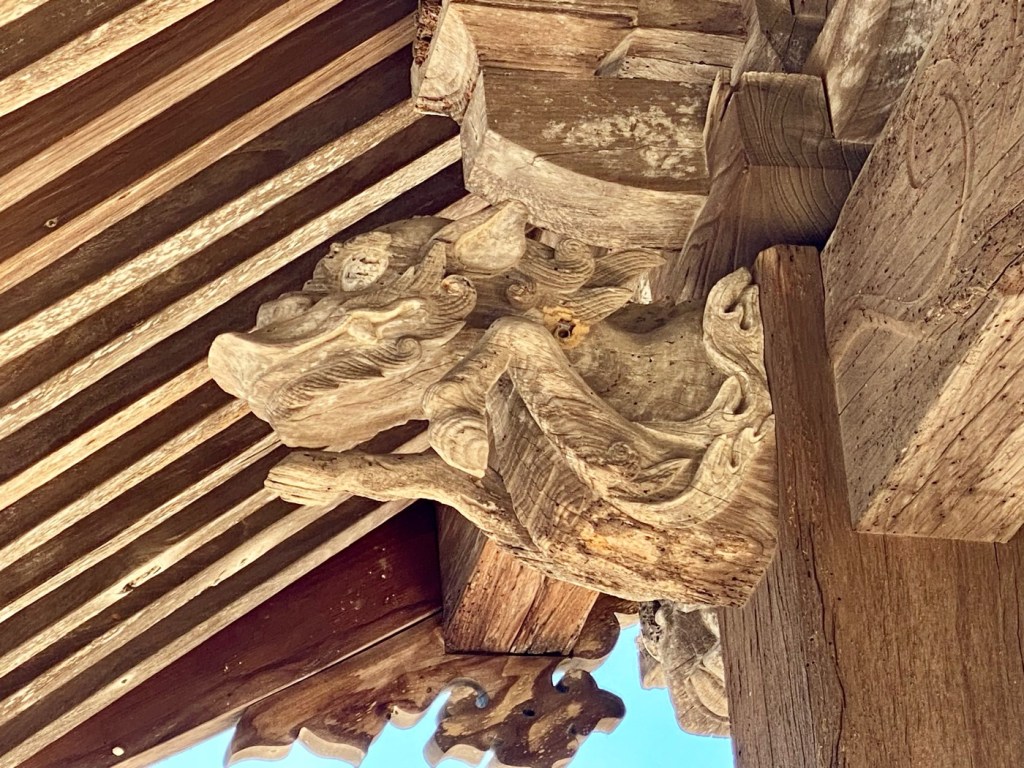
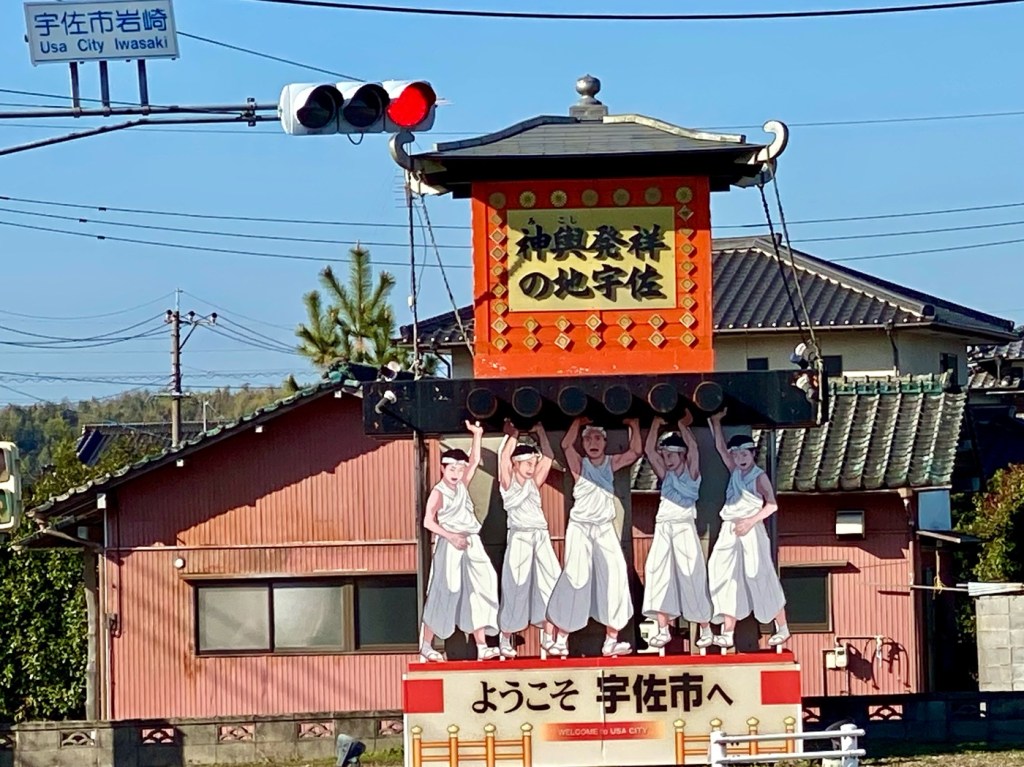
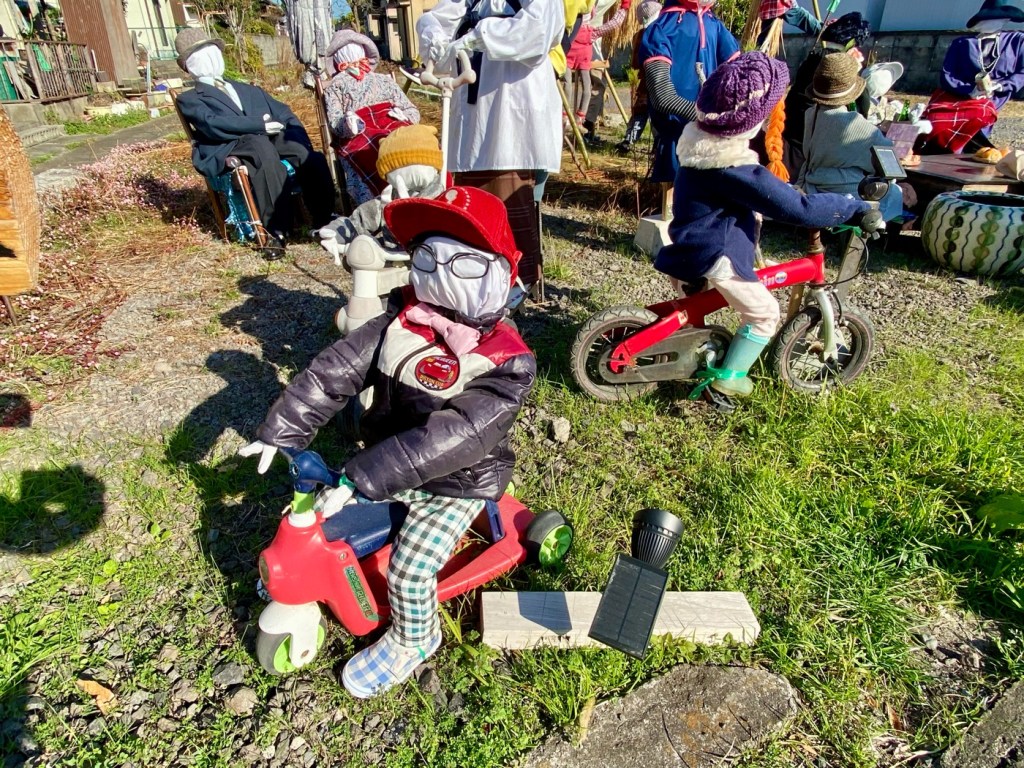
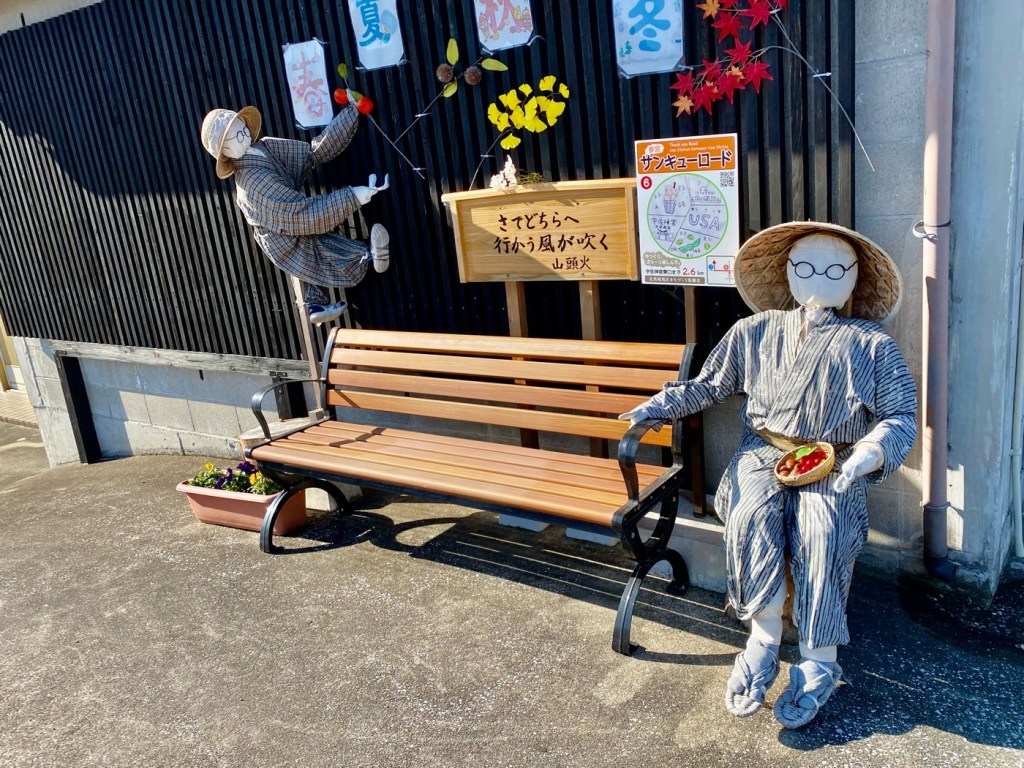
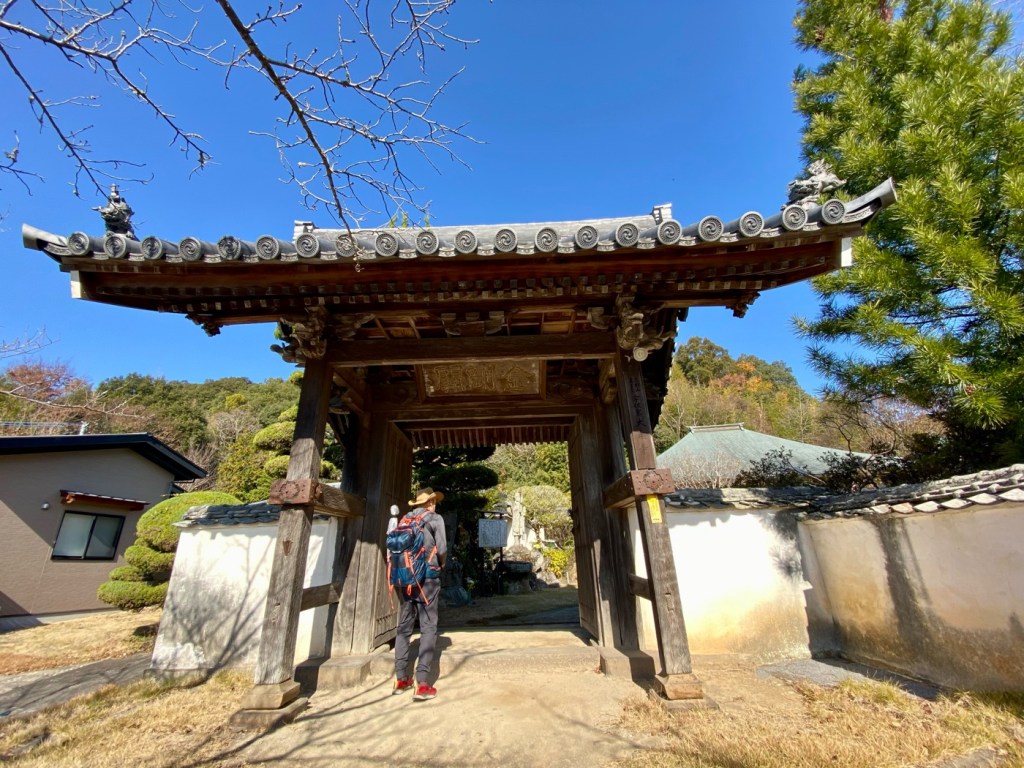
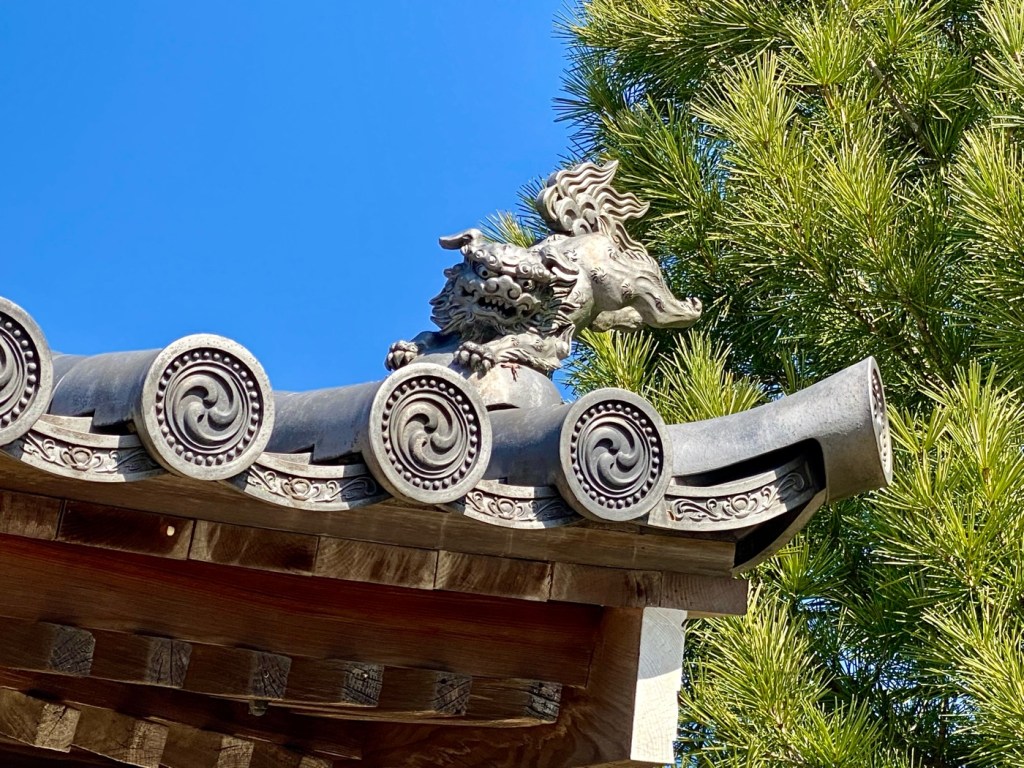
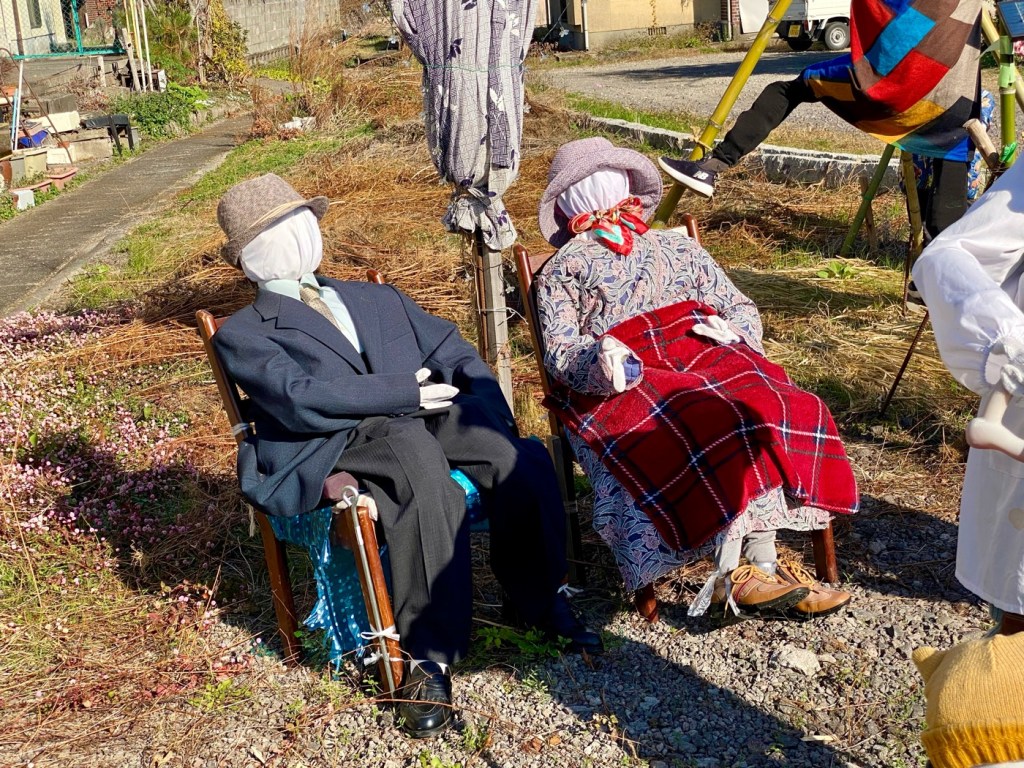
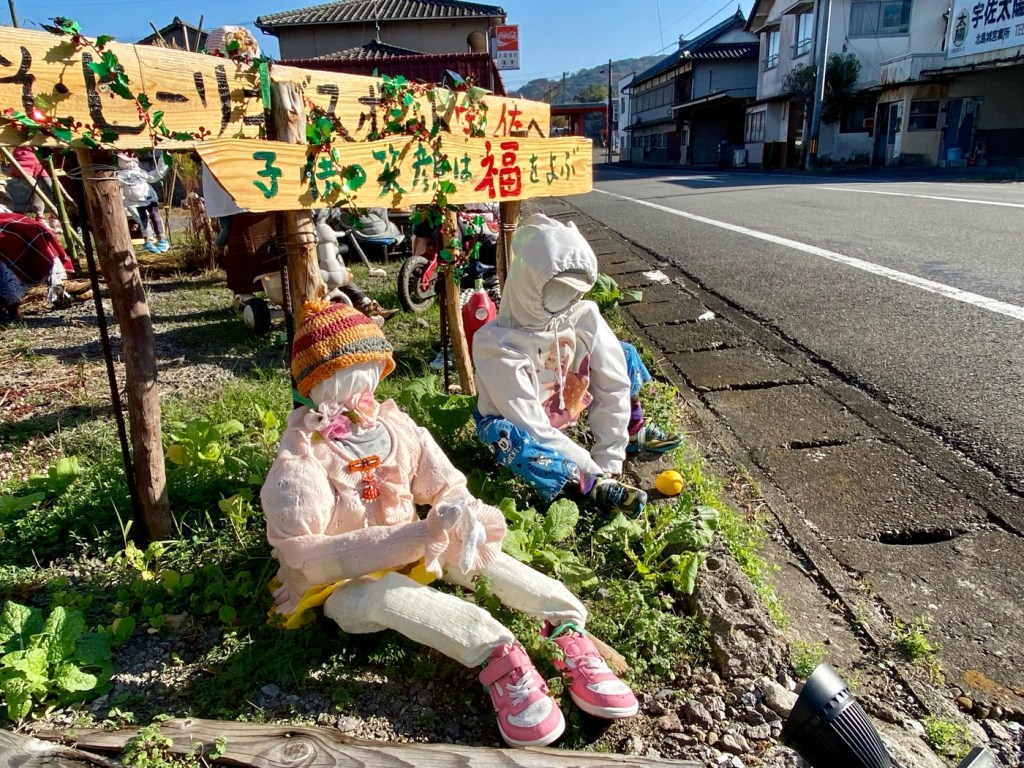
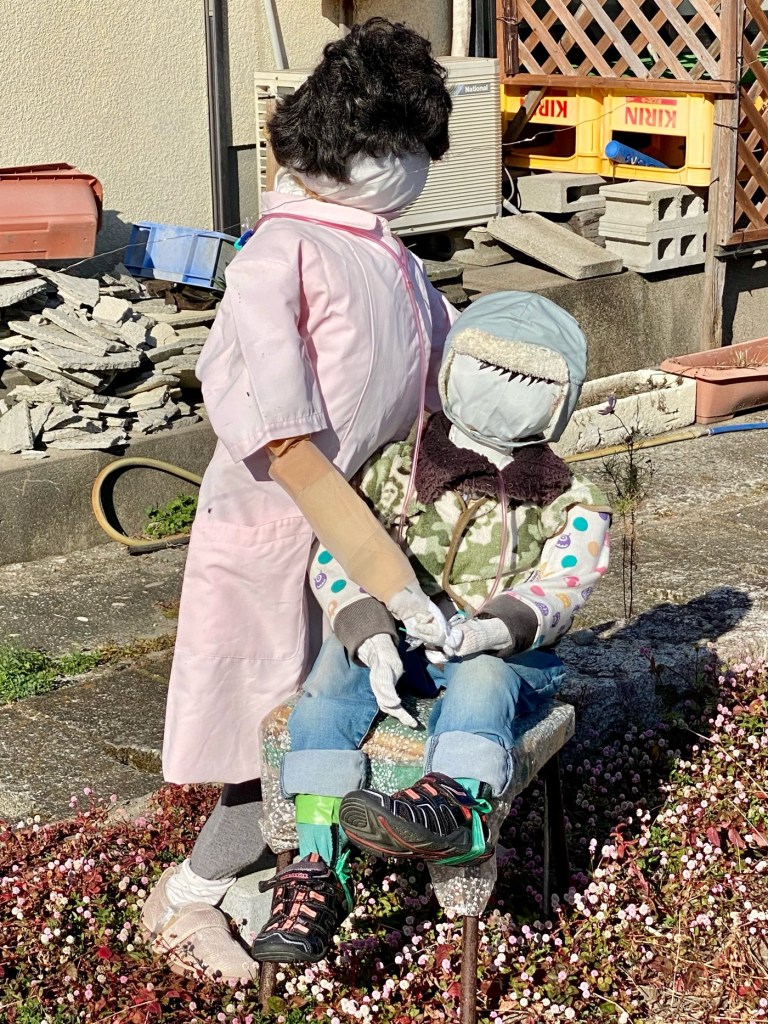
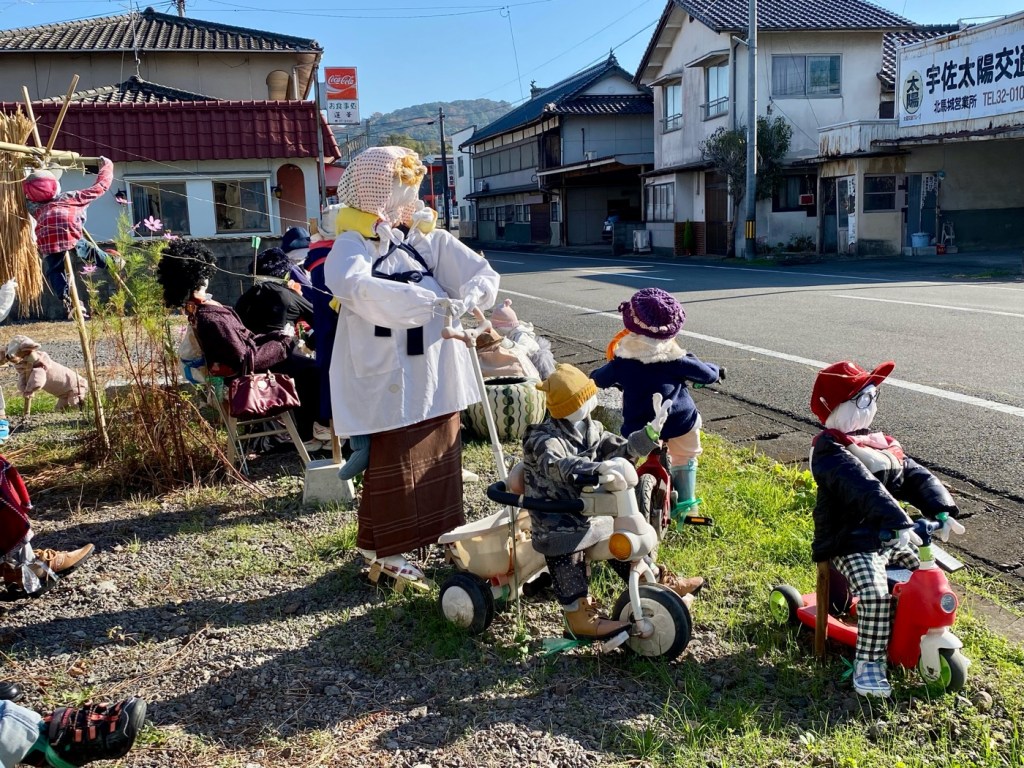
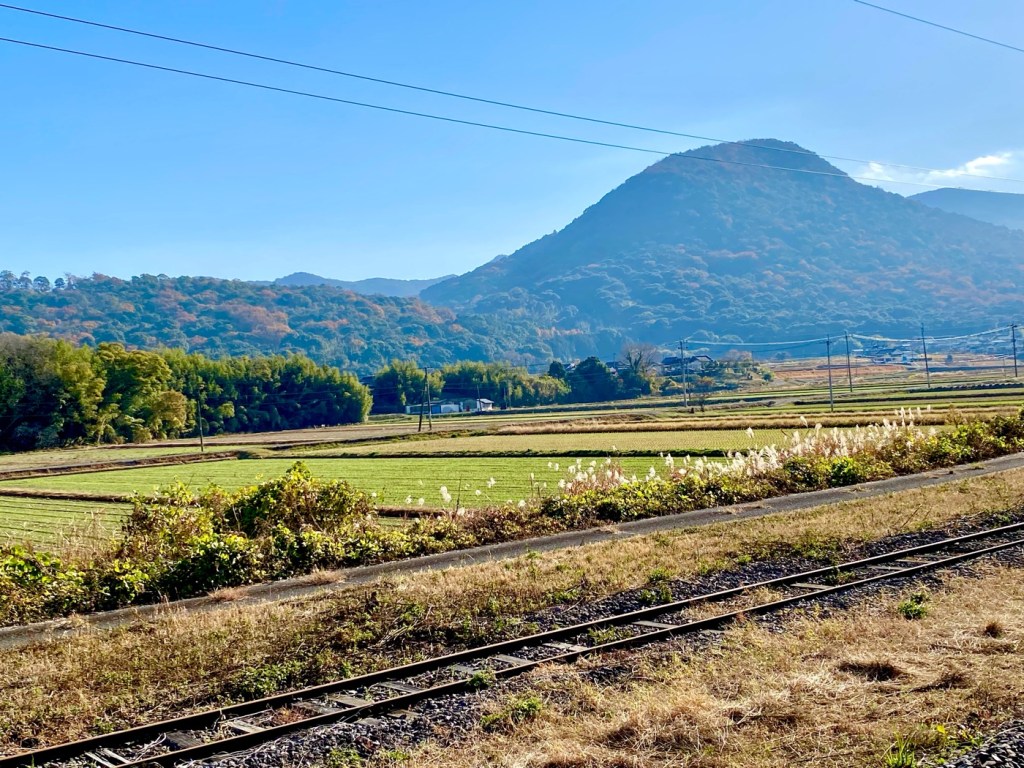
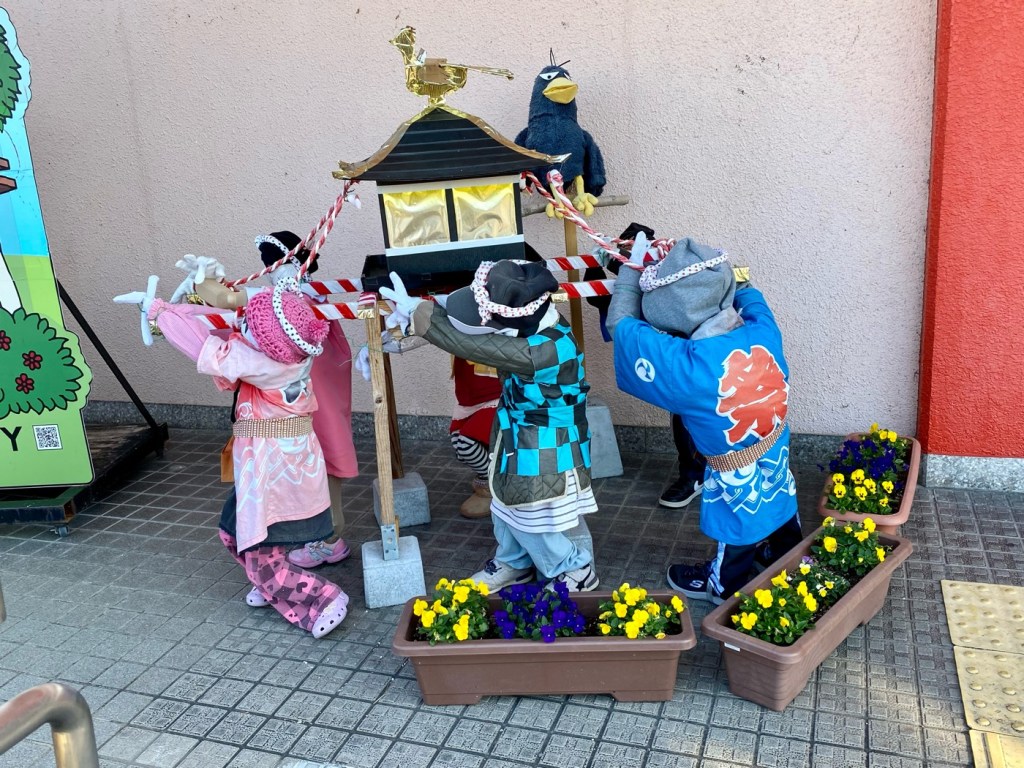
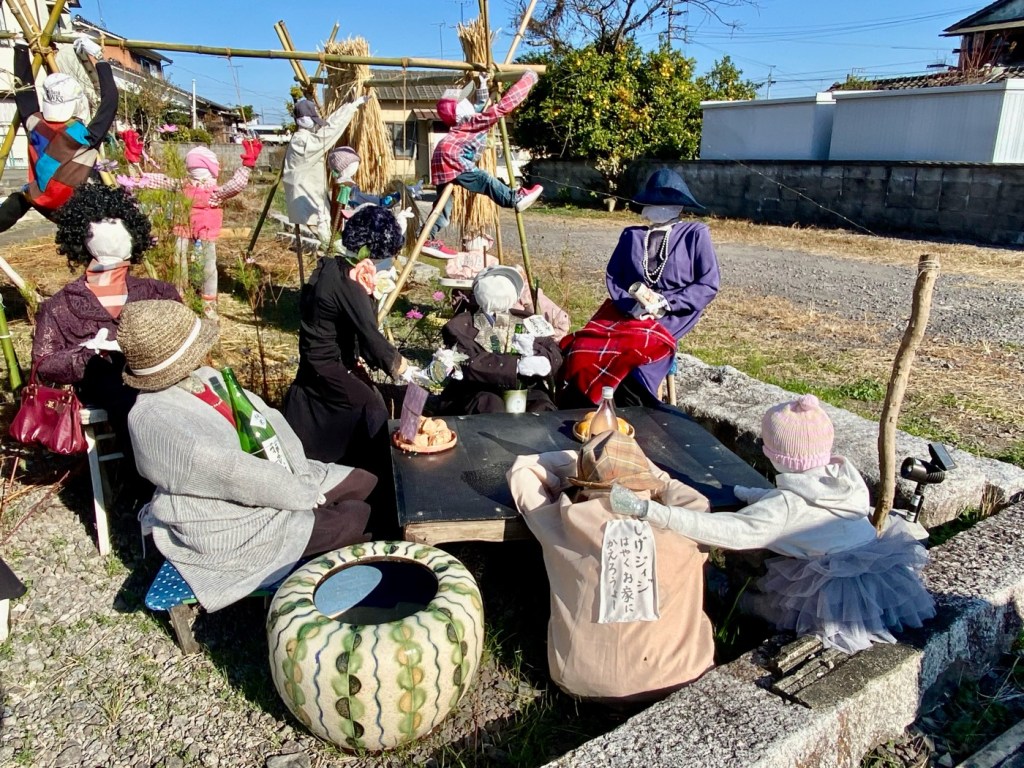
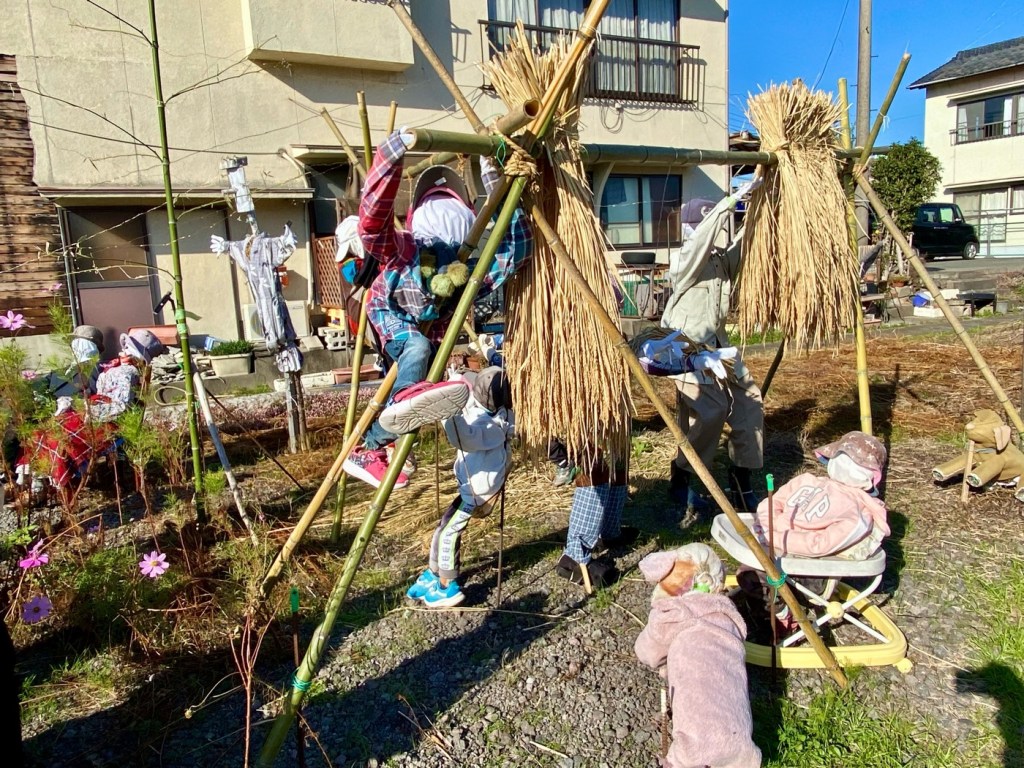
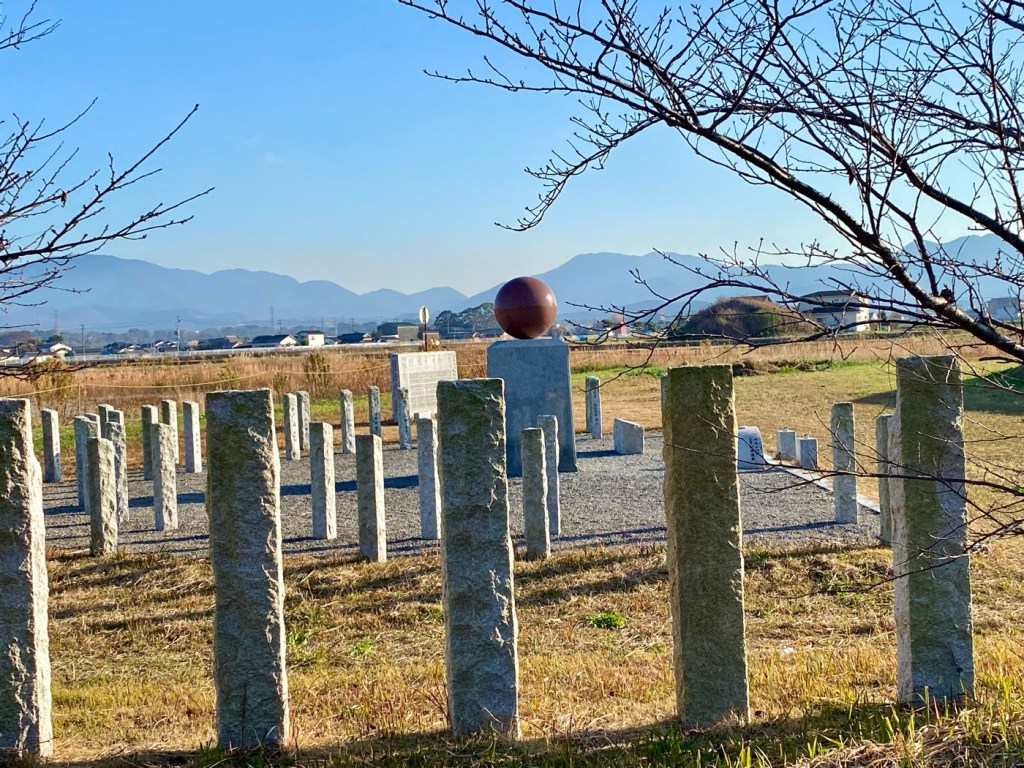
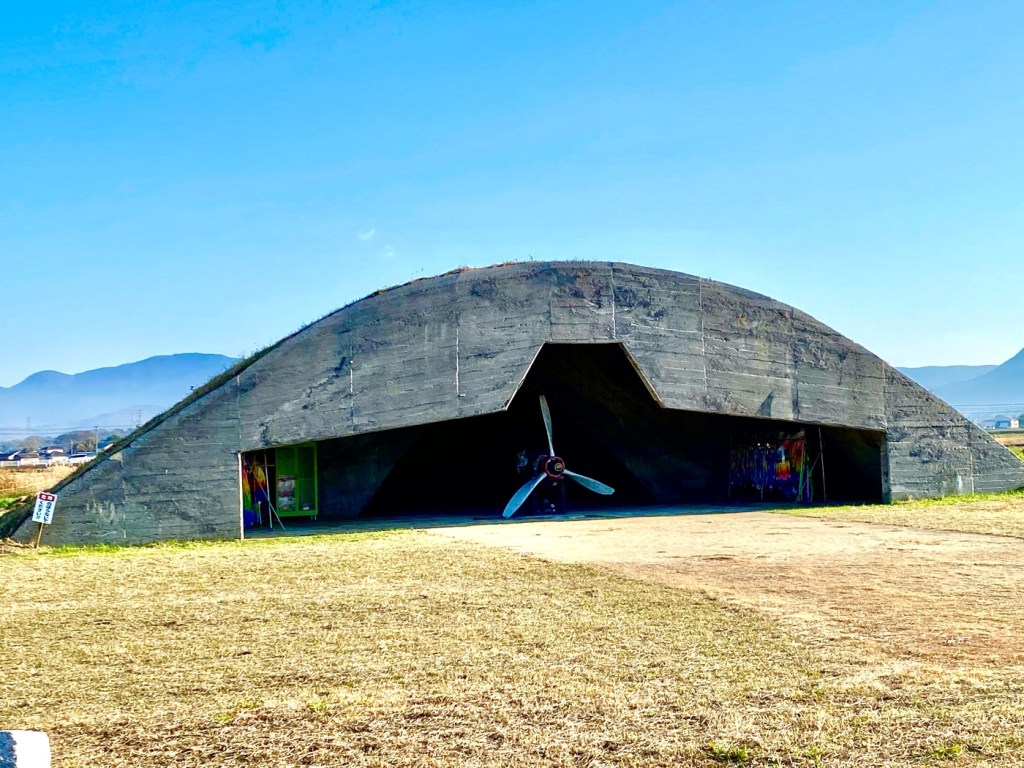

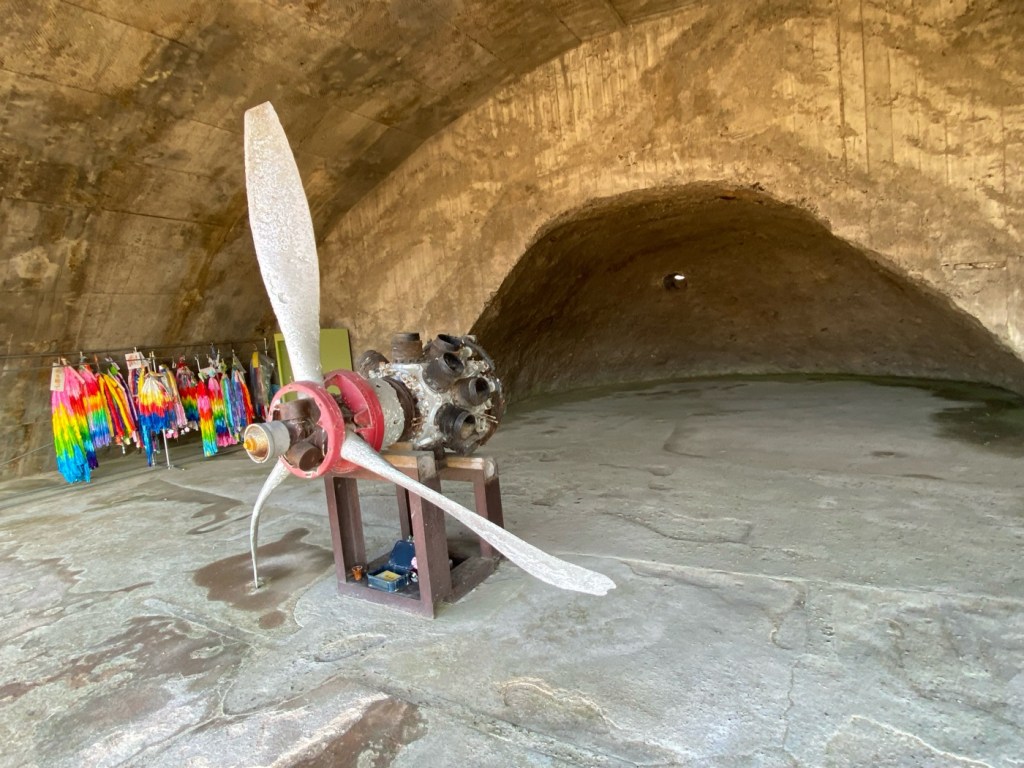
Day 77 - The Beautiful Hachiman Usa Shrine, and The Rokugo Manzan Pilgrimage In The Kunisaki Peninsula, The Kyushu 108 Temple Pilgrimage, Japan
Today we walked from the town of Usa to the city of Nakatsu.
(“Usa” is pronounced just as it is spelled, not like the USA).
In Usa we walked along the main car road for about five kilometers, to Dairakuji, Temple #22 on our pilgrimage.
Along the way, we stopped in a cafe and shop to have some tea.
The concept of flower and garden shops that also have cafes inside of them is getting very popular all around the Kyushu countryside.
They are often run by young women who are good bakers, and the shops usually also sell all sorts of cutesy knickknacks, beaded jewelry or secondhand housewares.
Temple #22, Yawata Usanomiya Dairakuji (Hachiman Usagu Dairakuji), is located just across the main street from the famous Usa Shrine.
We decided to visit the temple first, because the shrine is huge, and it will take time to walk around it and see everything.
The shrine is built into a forested mountain, with sprawling grounds and many beautiful buildings to see.
Dairaku-ji Temple is located in a small basin of Usa on a terrace, with Mt. Io just behind it.
At the front is the Usa Shrine with Mount Iwaya, Mount Yonegami, Mount Omoto, and Mount Oki, as well as other mountain peaks that have been considered sacred grounds and power spots since ancient times.
In Usa City, the temple is the second most important historical site, after Usa Hachimangu Shrine, and many of the temple’s ancient statues are considered protected cultural properties.
In recent years, the temple has been worshipped as a temple to pray for good luck and blessings.
The grounds of the temple are filled with big stone statues.
On Mt. Yonegami, there is a megalithic circle of stones that is attributed to a prehistoric megalithic culture that used to live there.
The local belief is that this sacred mountain is part of three sacred mountain peaks that are correlated to the Orion constellation.
The Usa Jingu Shrine, Mt. Oki, and Mt. Yonegami are connected to the three goddesses that formed the three stars in the belt of Orion.
This theory resembles the theory that there is a correlation between the location of the three largest pyramids of the Giza pyramid complex, and the three stars that form the Orion Belt of the Orion Star Constellation.
Usa Jingu is one of the most important Shinto shrines in Japan, with a history that spans close to 1,300 years.
Its main deity is Hachiman, who is worshipped as a guardian of the country and the imperial family.
Shrines dedicated to Hachiman are among the most numerous in the country, totaling more than 40,000 shrines across Japan, and the Usa Shrine is the headquarters of all of them.
Usa-Jingu supported the construction of the Daibutsu (great statue of Buddha) at Todai-ji in Nara by carrying there the spirit of Hachiman in a Mikoshi (portable shrine).
Usa-Jingu was one of the earliest sites where a syncretic form of Shinto and Buddhist worship called ‘Shinbutsu Shugo’ developed.
After the separation of Shinto and Buddhism in the late nineteenth century it became a purely Shinto shrine, but some of the present-day practices still reflect its syncretic past.
Researchers believe that several other traditions also originated in the Usa Jingu, including the use of Mikoshi (portable shrines) to transport deities from one place to another, that is done now in all Shinto shrines around Japan.
Also the Hojo-e ritual, in which captured animals are released to absolve people of their wrongdoings, is believed to have originated in the Usa shrine.
The Usa Shrine was built in the 8th century, and it is located at the base of the Kunisaki Peninsula.
On this pilgrimage, we have not walked through the peninsula but cut inland from Kitsuki to Usa.
But I have heard that in the mountains of the Kunisaki Peninsula, there is a sacred old pilgrimage that takes place in the springtime once every ten years, called Rokugo Manzan.
The Kunisaki Peninsula east of Usa is the home of the Rokugo Manzan, a local mountain-worship religion that is part of the Tendai school of Buddhism.
There are many Tendai Buddhist temples spread across the mountains of the peninsula.
This pilgrimage of the Kunisaki Peninsula and its sacred temples is illustrated on a map of the Bungo Province, dating back to the early 1830s.
But the pilgrimage is much older.
According to legend, a mountain ascetic called Ninmon brought a syncretic form of Shinto and Buddhist worship from Usa to Kunisaki in 718, founding 28 temples and carving 69,000 statues during the decades he spent there.
Ninmon was believed to be an incarnation of the deity Hachiman and reportedly appeared again in 855 to lay out two routes through the mountains for those who wished to undertake the same ascetic training he had.
Over time, these routes became known as the Rokugo Manzan Pilgrimage.
The route covers over 160 kilometers and 180 sacred spots, including temples, statues carved into cliffs, distinctive rocks, and caves.
Participants repeatedly purify their bodies, chant sutras, and perform various physical challenges along the way.
Some of the practices include throwing evergreen branches from a high mountaintop, jumping down from large boulders, crossing a narrow stone bridge over a deep gorge, and taking part in faith healing rituals.
After the group descends the mountain, they proceed to the Upper Shrine of Usa Jingu.
The ceremonial greeting between the Shinto priests and Buddhist pilgrims in front of the vermilion shrine buildings is an iconic image evoking the days when Usa-Jingu was a syncretic shrine-temple complex.
The pilgrims pay respects to the deities and conduct another Goma (fire ritual) on the shrine grounds.
The shrine's upper hall was being renovated when we visited, but we still climbed the steps to visit and pray at the sacred site.
Jules mumbled a few words of resentment as he climbed about how the imperial family has propagated these false ideas and instilled them in the minds of the people for thousands of years, claiming that they had rights to the throne because they were descendants of the great Gods.
And even nowadays, people give money and gifts to the shrines, which propagate imperial power and favoritism to those closest to them.
When we reached the main shrine, I handed Jules a coin and asked him to say a prayer and throw the coin into the donation box.
It is not about giving money to the emperor, who clearly doesn’t need any more, but about making a small donation to a beautiful shrine that gives you a stunning place to visit, colorful festivals and harmonious gardens to enjoy.
The shrine’s halls are designated as a national treasure and a prototype of the Hachiman-Zukuri style of shrine architecture. In this architectural style, the shrine buildings consist of two halls whose roofs are connected with each other, essentially forming a single building.
The halls are also surrounded by a covered corridor.
Usa Shrine has an upper shrine complex, a lower shrine complex, a treasure hall, a couple of ponds and several auxiliary shrine buildings.
Visitors who arrive at the entrance (no entrance fee is charged) walk past shops selling foods, drinks, local products and souvenirs of all kinds.
There is a wide avenue of about a hundred meters that takes you to the Omotesando, the main shrine approach.
Strolling along the approach, you pass under a big vermilion torii gate.
Then the Omotesando meets a large pond with lotus plants, goldfish, and small bridges.
After our visit, we sat by the pond and ate the bagels that we had brought with us for lunch.
They were many people around.
Some were just strolling, but many were there to celebrate their children’s monumental years of 3, 5, and 7 years.
Besides birthdays, these years are considered important milestones in a childhood.
You can see the little girls wearing beautiful Kimonos with very long sleeves, and the boys in traditional ceremonial dress, so beautifully decorated.
Old age is considered something to honor and celebrate in Japan. Some particularly important Japanese birthdays are 60, 70, 77, 80, 88, 90, and 120.
There are special colors, symbols, and meanings behind each of the ages, much like the way wedding anniversaries are marked in western cultures.
These ages are also celebrated in the shrines, with the older people wearing traditional clothes and beautiful kimonos.
After the shrine, we walked north towards the sea and the city of Nakatsu.
Along the way, we took a small detour to visit a War Memorial erected as a reminder of the importance of peace, inside rounded earthen bunkers that look like Kofun mounds.
Inside them were small World War II fighter planes and long strings of Origami paper cranes, which are a symbol of peace.
At the end of the day, we returned by train to Beppu, where our hotel for the night was located.
With love and a million cranes of peace,
Tali
Stats: 29,080 steps
Today’s walk: 20 km
Kilometers walked to date: 1306 km
Temples visited:
Temple #22 Yawata Usanomiya Dairakuji (Hachiman Usagu, Dairakuji)
And the famous Usa Hachiman Shrine.
If you wish to read more about the Kunisaki pilgrimage: